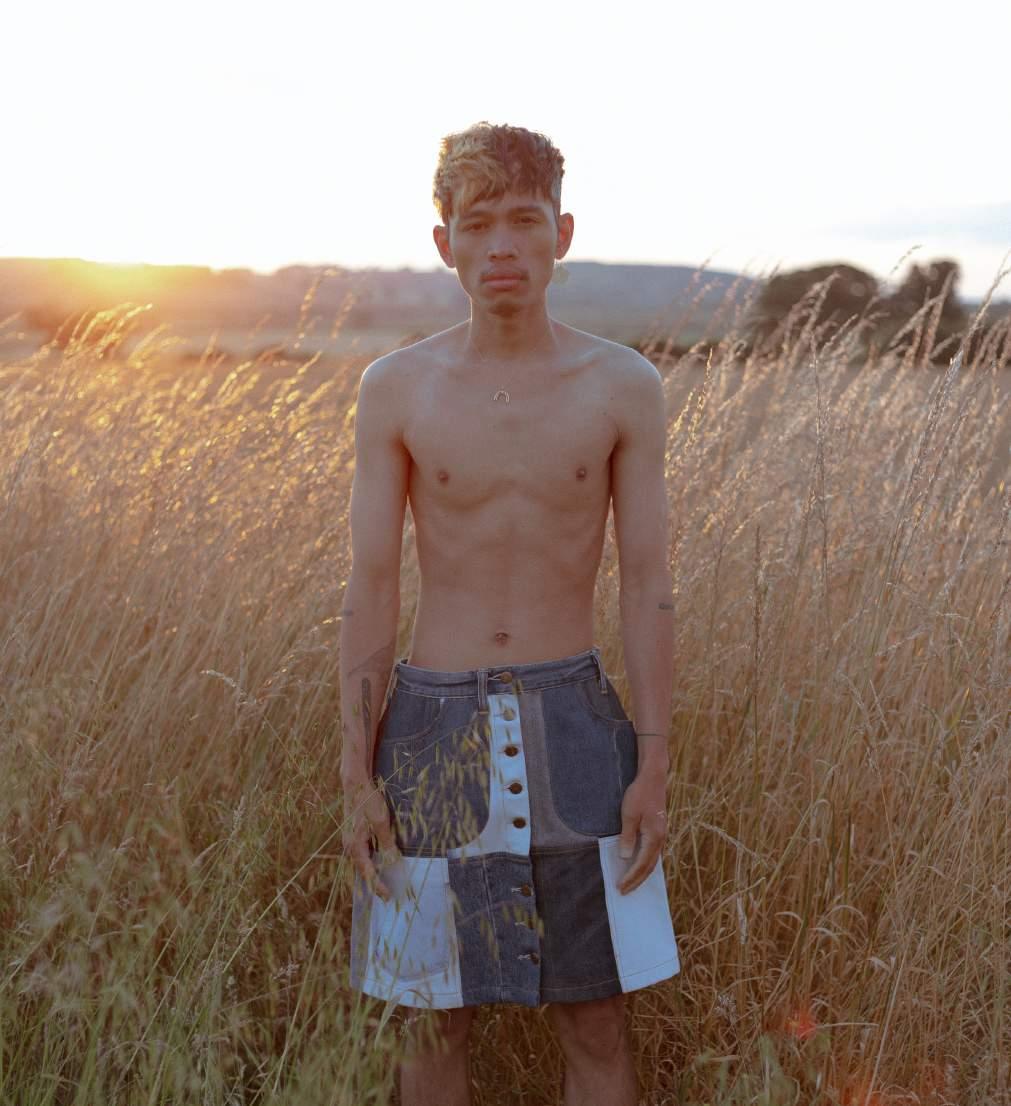

N O V E M B E R 2 0 2 1 I S S U E 0 0 2 T I M E F O R C H A N G E N O R T H




02
NOTE FROM THE EDITOR

Welcome to the November issue
REJEAN DENIM
Meet the Founder behind slow, sustainable denim with zero waste
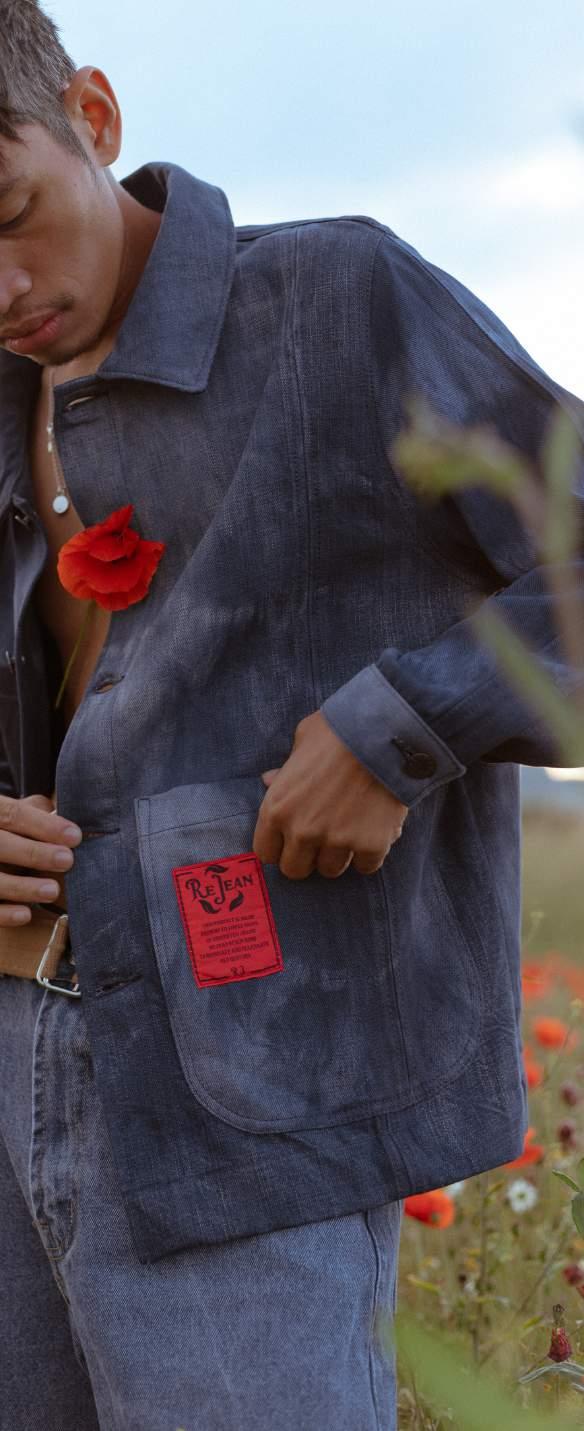
IN CONVERSATION WITH..
Robin Clementson catches up with Universal Works Co-Founder, David Keyte
A CHANGE OF DIRECTION
Experienced sportswear designer, Dan Craven introduces his new baby, Anpassa Sports Apparel
ACKNOWLEDGMENTS
SSEAMS Magazine is part of SSACHS Limited wwwsseamsco
PRESS AND SALES press@sseamsco
wwwissuucom/sseams
Instagram: @sseamsco
08 IN THIS ISSUE 10 14 21
& Layout
Published by SSACHS Limited Trading as SSEAMS | SSEAMS Magazine C/O Hardie Caldwell LLP 25 Tyndrum St Glasgow G4 0JY Front cover - Special thanks to Rejean Denim and Aga Urbanska (image credits) 03
Art
Direction: Jack Dadds
MEET THE TEAM
 Diane Richardson
Diane Richardson
A passionate brand strategist with over two decades in the industry Our aim is to inform collaborate and innovate, whilst keeping you up to date on all of the latest news from around the industry We thrive on creating connections and embrace celebrating both its talent and unsung heroes Diane carries with her a powerful network of influencers and works tirelessly to support necessary change in this industry
 Robin Clementson
Robin Clementson
A career journalist and editor now running the Start-me-Up brand Consultancy specialising in story-telling for fashion/lifestyle brands His work has involved writing and editing for national and international publications across fashion music and sport and he also represents/coaches both start-up and emerging brands to help build awareness within the media sector


Passionate about performance materials Ruth is a creative fabric expert thought leader and educator Ruth has successfully led raw materials teams on a global scale across the supply chain from performance brands to manufacturers “Im excited to help create the collaboration and connection that we need to help our industry transform, as we face the many challenges of sustainability
Matthew Abbott
A design visionary with an impeccable track record of discovering the essence of the brand and creating beautifully crafted narrative to set the foundation for any collection design A creative story teller with experience of building product directions from the four pillars; True inspiration Archive research Market awareness and Technology
Julian Ritchie
A Design and Innovation leader with a career spanning more than 30 years, designing and manufacturing technical and lifestyle outerwear, sportswear and denim for a number of global brands Julian supports the Design and Innovation of SSEAMS with his in-depth knowledge across the spectrum of fabrication technical and manufacturing developments along building collections with design teams at all levels of the market
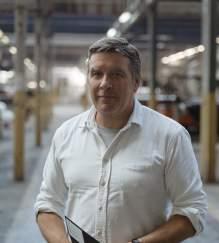
With 10 years of working in sport on a grass roots, national and international level Laura has a good eye for brands creating waves of sustainable change in the swimming and outdoor apparel industry From inception to publication Laura writes in-depth features on how to get into the industry insights into working for brands athlete opinions and brands who are transparent and committed about their mission to be sustainable
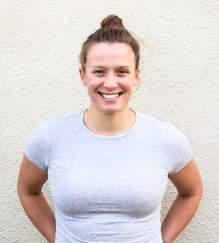
 Ruth Kelly
Laura Nesbitt
Ruth Kelly
Laura Nesbitt
04
Jonn Langan takes us through the brand id process of Outdoor living Retailer Nordic Outdoor
By By Joanna BuczkowskaMcCumber
SHOP LOCAL features top picks of the leading independent retailers
By Otago Street Collective
By Rav Kiran
Laura Nesbitt interviews Debbie Luffman of Finisterre

By Saltyco®
Chris Clewes shares his news
The SSEAMS team select their showcase brand newcomer for this issue
With Photographer, Patrick Alexander
By Hugh Clarke
CHANGE IS
AS..
AS GOOD
FUTURE TOOLS
FASHIONS GREEN
OF SUSTAINABILITY
CHAMPIONS
NEWCOMER SERIES
62 IN THIS ISSUE 63 74 83 OUR TIME IS NOW
SSEAMS OUT & ABOUT
GREEN WASHING IN THE INDUSTY
LET US REDEFINE OUR RELATIONSHIP WITH CLOTHES LAW DESIGN STUDIO 25 29 44 39 MARKING 50 YEARS OF OSTI MASTERY
53 A CREATIVE RETREAT
67 PLANET POSITIVE TEXTILES
80 ON LOCATION
89 05
REGULAR CONTRIBUTORS
Hugh Clarke
Lead designer innovation, advanced concepts, and trend researcher

Hugh is a creative collaborative and resourceful creator with 15 years of experience successfully designing and developing commercially balanced sportswear including products for several Football FIFA World Cups and the Olympics He is a technical thinker driven by solving functional problems with a creative out-of-the-box mindset



Amelia Peng
Amelia Peng is a textile artist designer and material research & developer While attempting to find a medium to portray her visual interpretations of materials and ideas, textiles proved to be the ideal process by which she could convey these images with permission of the Art Master of Textiles


Woven Royal College of Art in London She has also worked for lululemon as Fabric Developer of Global supply chain management
Jack Dadds
Jack is a graphic designer specialising in apparel graphics and brand identity His passion for clear communication through design has led him to work with, and for a spectrum of brands - from global players to high street supply Jack has showcased a varied handwriting and ability to adapt & developwhether creating fresh ideas for a brand with an existing identity or designing a new line of graphics & prints from scratch
Tsveti Enslow
Tsveti is a trend and cultural insight expert who partners with brands trend and creative agencies to deliver bespoke solutions By exploring the intersection of consumer behavior culture lifestyle and design shifts Tsveti identifies and translates emerging trends into new opportunities to help clients anticipate and plan for the future
Jonn Langan
Jonn is a technical apparel designer with a thirst for building brands, Jonn uses his technical design knowledge and detailed understanding of the industry to educate create and lead the development process Jonn also gathers informed opinions around sustainability and the environmental impact our industry is having on the planet
Rav Kiran
Rav has been providing years of successful creative solutions in Fashion Design & Creative Direction in Sports Lifestyle & Streetwear all over the world – spanning various organisations groups & brands His expertise in all areas of fashion design & current involvement with the sports brand Umbro has created some of the brands most profiled & influential collaborations and collections to date
06


07
NOTE FROM THE EDITOR
Welcome to the first SSEAMS NORTH edition! Being back in Scotland, I am more excited than ever before to share the work going on here, and from our industry friends further afield
During the lockdown, like everyone else, it bought me some time to think, plan, and reset Added to that, the impact of Brexit, I started to look out locally and discover what was going on And, let me tell you, this small country packs a punch!
Creativity comes as a given. From an apparel industry perspective, we can see dynamic shifts emerging Our intention at SSEAMS is to take you behind the scenes of the brands, makers and mills, with a firm eye on sustainable textile innovation
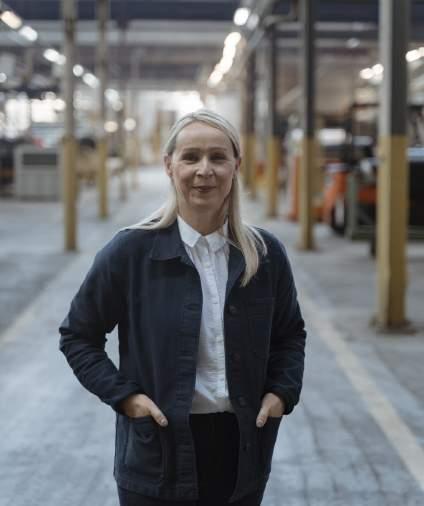
Local is the new global and with that in mind we will be discovering what's on the ground here and sharing those insights with you, as well as inviting our industry friends around the world to share a few insights with us so we can all learn together
All heads together, we have spent over 100 combined years in the industry! Together, we know the supply network & process inside out
We know the lengths it takes to make one simple garment Let me tell you, it's never simple! The industry supply network faces big challenges and we will be sharing topical issues and opinions from leading industry players
Our team at SSEAMS came together during a global pandemic We can tell that story in years to come, but for now, we made a decision that more heads around our table was better than one
And, in spending quality time to discover what it is we do together, for the 'greater good' of our industry, innovation and sustainability became top of our agenda
Also, as we see the connectivity between industry and consumer closing in we intend to facilitate that coming together
Fanciful brand marketing may just of had its day Surely now, we should open up our world and share what really goes into the clothes we make?
“CAN WE TAKE A MOMENT TO CHAMPION THE HARD GRAFT GOING ON IN THE INDUSTRY?”
08
Part education, part exploration, for this new, conscious consumer That would mean showcasing our manufacturing partners in new and meaningful ways Technology & innovation addressing real global issues and turning the cameras on that focal point That work has started and long may it come to front of stage!
SUSTAINABILITY - The 'S' word 'ain't so sassy in our sector'(!), but as the world comes together and prepares its legacy plan from COP26, Glasgow, we want to share opinion from industry voices to help inform you, and most importantly, support you through the green fog!
INNOVATION - And, wait until you see what some of our industry friends have been doingbrilliant innovative solutions that again, should be celebrated as, like all other industries, they are facing the challenges head on.
We will be putting names to the faces behind the products you buy and finding an emotional connection as we get to know what makes them tick!
A moment of gratitude for this issue Firstly, Robin Clementson Associate Editor humouring our push to document our journey, he raises our standards of journalism massively. An experienced PR leader too, we are grateful for his patience as we take SSEAMS into its next chapter



To all our contributors, industry friends and colleagues Thank you for your conversation over the last year, and thank you for your contribution to SSEAMS and beyond!
To our readers, joining our community of creatives - thank you for taking the time to come on this journey with us Hopefully you gain an insight along the way and join us to be better at how we do things, the right way!
Hope you like the front cover! Laid bare, time for change is so apt as we launch this issue during COP26 Big thanks to Siobhan Mckenna, founder of Rejean Denim
And, of course, at the same time, we hope you enjoy wearing the clothes that were designed and developed by the very talented folks we celebrate who do this for a living because, simply, it's in their dna.
Diane
Enjoy reading!
09

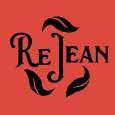
10
REJEAN DENIM
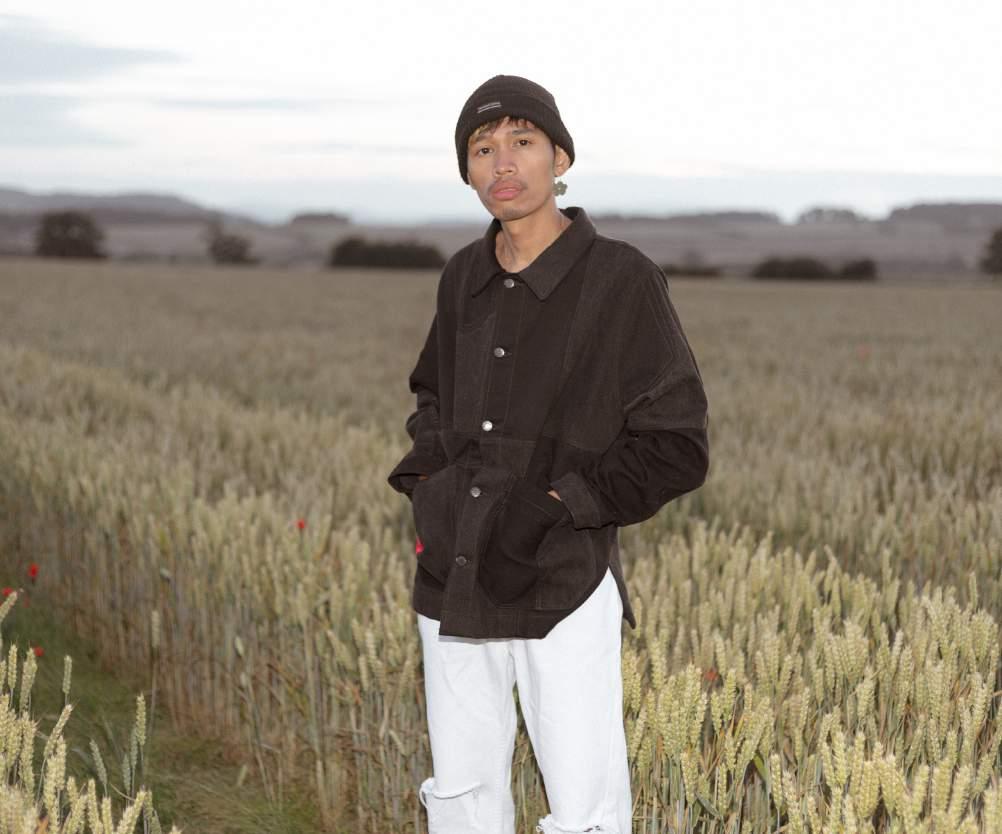 By Diane Richardson
By Diane Richardson
Having moved countries several times over, my move back to Scotland has led me to meet truly inspiring people A google search for ‘denim, made in Scotland’ led me to Siobhan McKenna, founder and Creative Director of ReJean Denim
Denim is a little ‘ square peg in a round hole’ for Scotland which is why ReJean Denim is such a refreshing addition to the Scottish textile mix Glasgow born Siobhan studied Fashion at Manchester Metropolitan and headed to London working for Levi’s as a Tailor It was there she met the ‘Denim heads’ The folks who valued their clothes, nurtured their care and did everything possible to repair their garment before thinking about replacing it
Moving on from there to work at Rokit, the vintage clothing business, Siobhan worked in the design department, re-designing and re-making preworn denim into new garments The idea of repurposing garments stuck with her By 2018, now back in Glasgow, she bought a kilo of denim and got to work
11
"For me there is no such thing as unwanted jeans. I take unloved denim apart and make it loved once more by re-fashioning it into new and highly covetable jackets."
Reclaimed Revived Remade.
ReJean Denim was born out of a desire to repurpose much loved denim and help the fight against unwanted garments ending up in landfill. From custom made jackets to a repair service and mending club, the brand's aim is to help keep existing products alive and reinvented to be loved once more
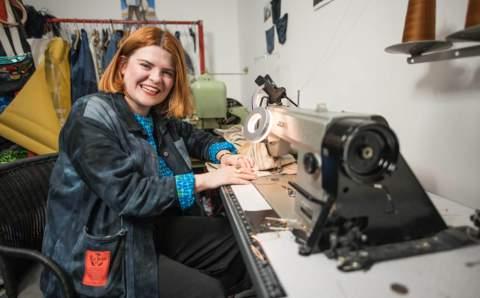
"The mainstream denim industry is toxic, wasteful and exploitative, but there is another way. ReJean Denim is an ethical fashion brand crafting gender-neutral jackets and accessories from 100% reclaimed materials."

What better way to continue the indigo revolution but by strategically collaborating with like-minded partners - ReJean has teamed up with a local female-run skateboarding brand Doyenne To bring a new purpose to some of their dead stock sizes, samples, and photoshoots extras to create artisanal new design pieces.
Head over to rejeandenim.com to shop the line.
Model: Jay Republo @kollab unmastered Photographer & photo credit: Aga Urbanska @agaurbanska
12
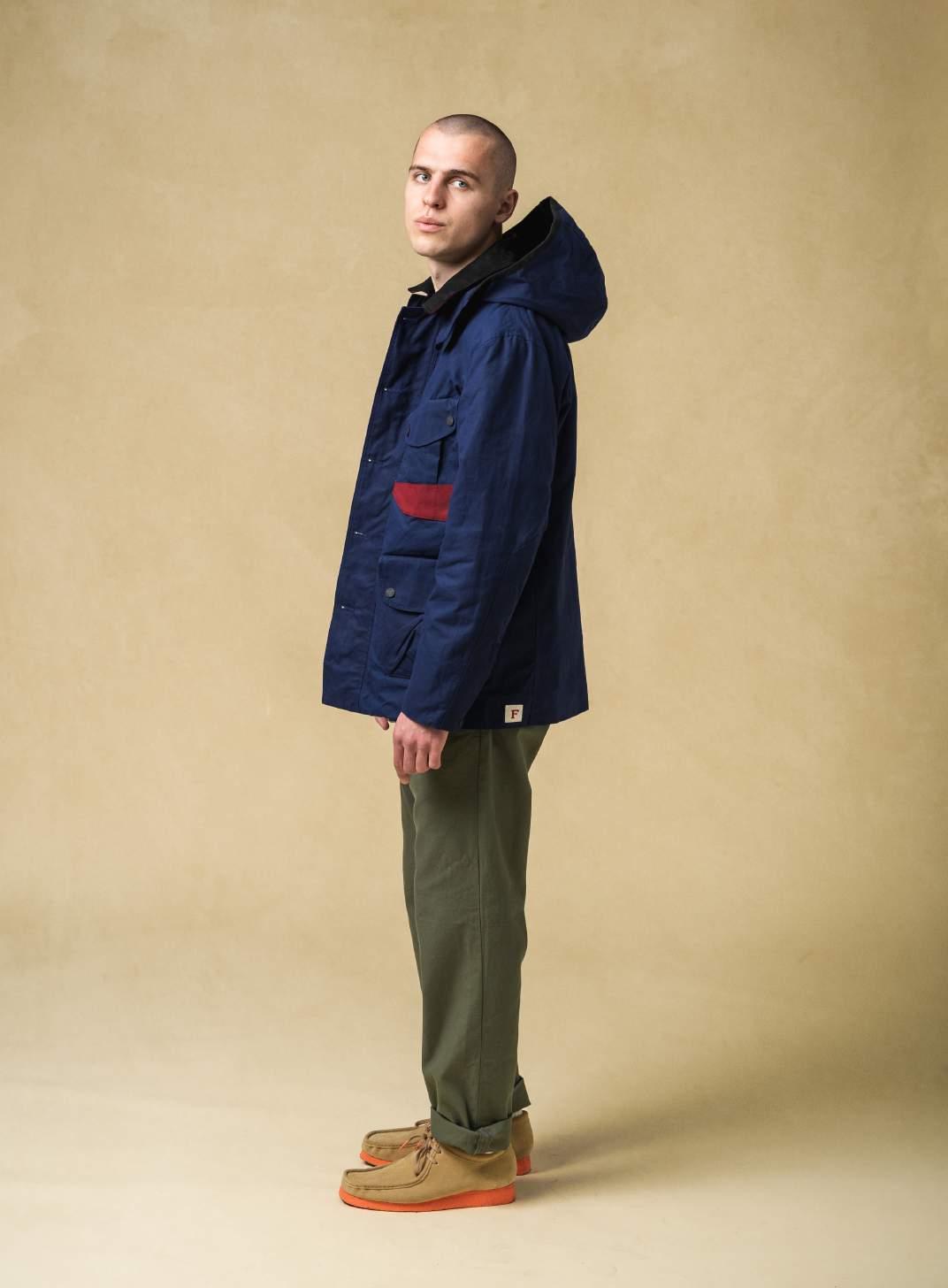

13

LONGER
I N C O N V E R S A T I O N W I T H D A V I D K E Y T E 14
BUY FOR A
TERM AND BUY BETTER QUALITY AND ETHICALLY MADE.
IN CONVERSATION..
WITH CO-FOUNDER OF UNIVERSAL WORKS, DAVID KEYTE
With a passion for conversation and gathering a broader insight from industry insiders, we endeavour to speak with individuals and organisations that can give us an independent view and ‘human-side’ to the business of fashion
Here we catch up with one of the nicest approachable people in the businessNottingham based Universal Works co-founder David Keyte - for a quick snapshot into what makes him and the business tick Universal Works has many fans north of the border with distribution throughout leading independent stores
Hi David, thanks for speaking with us. Can you explain a little about Universal Works approach to clothing and what drives the business?
Hi, no problem at all, pleasure to be speaking with you From day one, which is 12 years ago now, my motto was "buy less shit, but please buy my shit!” We all need to have less stuff if we are going to make a difference to the damage we are doing to the planet, but we do need things. However, when we buy things, we should think about why and what we are buying, buy for a longer term and buy better made and ethically made
You are synonymous with workwear and that effortless style which has roots in Japan. What do you love about this aesthetic?
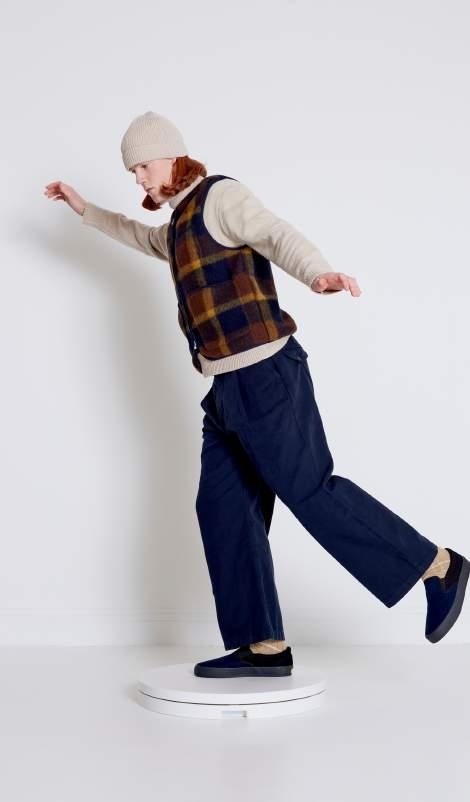
I like things that have a purpose, a reason to exist Workwear was all made for a real job and to last It is designed to be worn and to be washed over and over again, which is my kind of clothing
How do you feel about the ongoing chat surrounding sustainability and ethics within the fashion industry?
I'm not interested in the marketing spin, but there are also lots of cool new companies and older companies trying to do good things Let’s be honest, ALL new things have some effect on the planet, but the big corporate brands are the ones with real power to change things, and they are driven mostly by profit only and profit in monetary terms only, not in terms of harm done We all need to be aware of what we do and what we buy - effectively voting with our cash for brands that care whenever we can But I do get a bit bored with everyone jumping on the “ green ” bandwagon. Sustainability, like many big issues, is a complex issue and too often people want an easy one-line answer and there just isn’t one - it's bloody complex.
15
MEETING DAVID KEYTE
Are you therefore tired of the ‘buy better but buy less’ conversation that goes around every few months. What’s your stance?
No, I'm not tired of it, I believe in it. Do buy less, and do buy better, it really can help, but like I say there is SOOOO much more to it also.
What is important to you when designing a collection, what are the main considerations?
Do I like it, would I wear it, can I make it? Simple really.
Who does this job well, who do you look at and think ‘yep, they’re getting things right’?
I like all and any small independent brand just for being there For being honest and real and trying to survive and grow and be positive in the middle of a pandemic, in a time of global dominance by huge corporate brands, and doing this while we try to lessen the damage we all do to the planet Big up to small independents everywhere
As for individual brands I admire I admire Patagonia for their commitment to trying to harm less and to make things better and for letting their staff go surfing.
I admire Comme Des Garcons for following their own path for so many years and always pushing boundaries, being creative and commercial I admire Yuketan for making great shoes and for not compromising and for giving me great whisky

I admire Nicholas Daley for doing new cool stuff I admire F/CE for doing great great things while having a family, playing in an international recognised band and still being a nice guy
I admire Margaret Howell for never changing for trend I admire Veja for making a small dent into the big shoe brands with a good idea and good methods.
I admire Novesta shoes for being independent affordable and not having any glue in their sneakers.
“DO I LIKE IT, WOULD I WEAR IT, CAN I MAKE IT? SIMPLE REALLY”.
16

IMAGE CREDIT: UNIVERSAL WORKS 17
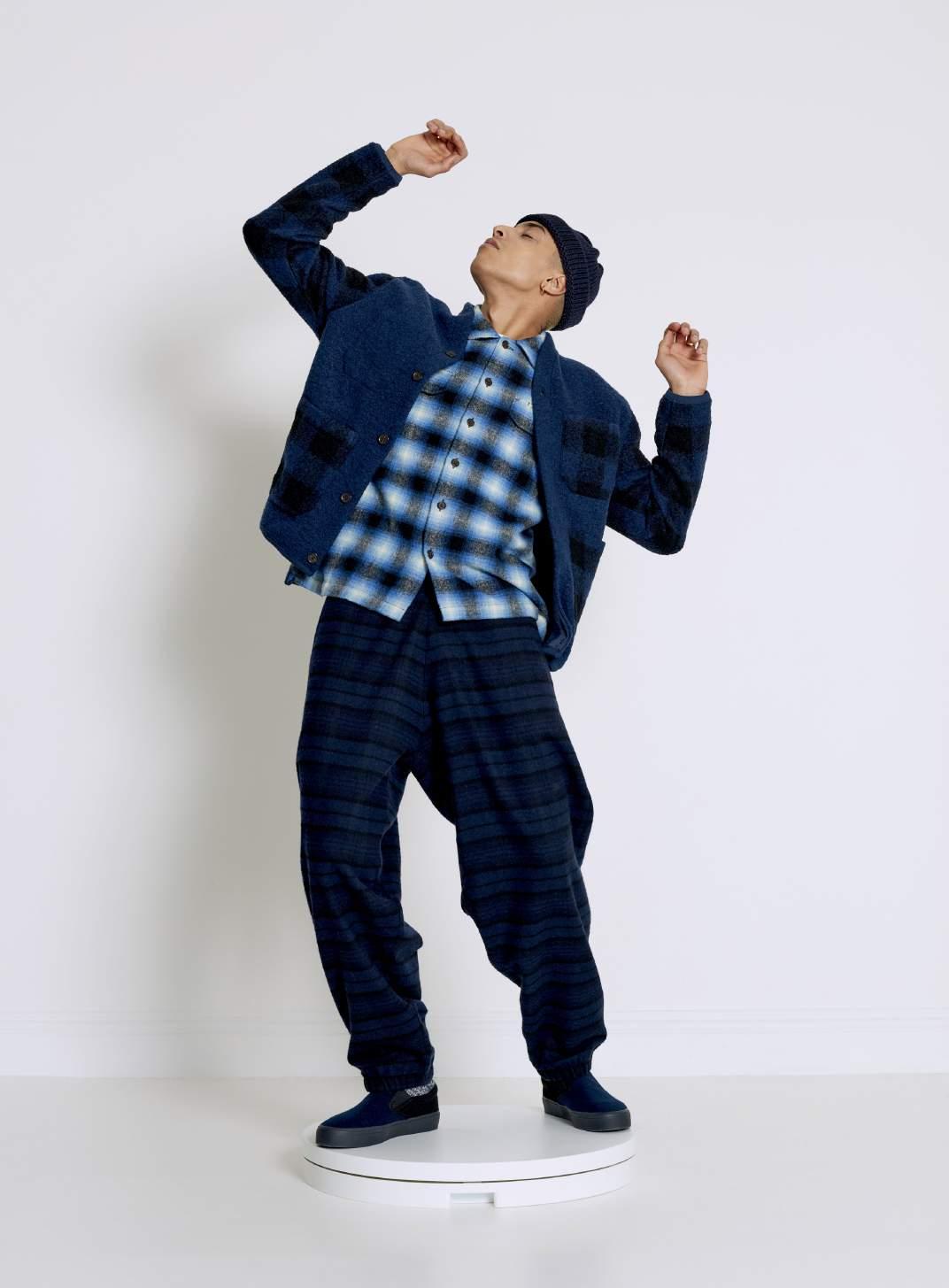
IMAGE CREDIT: UNIVERSAL WORKS 18
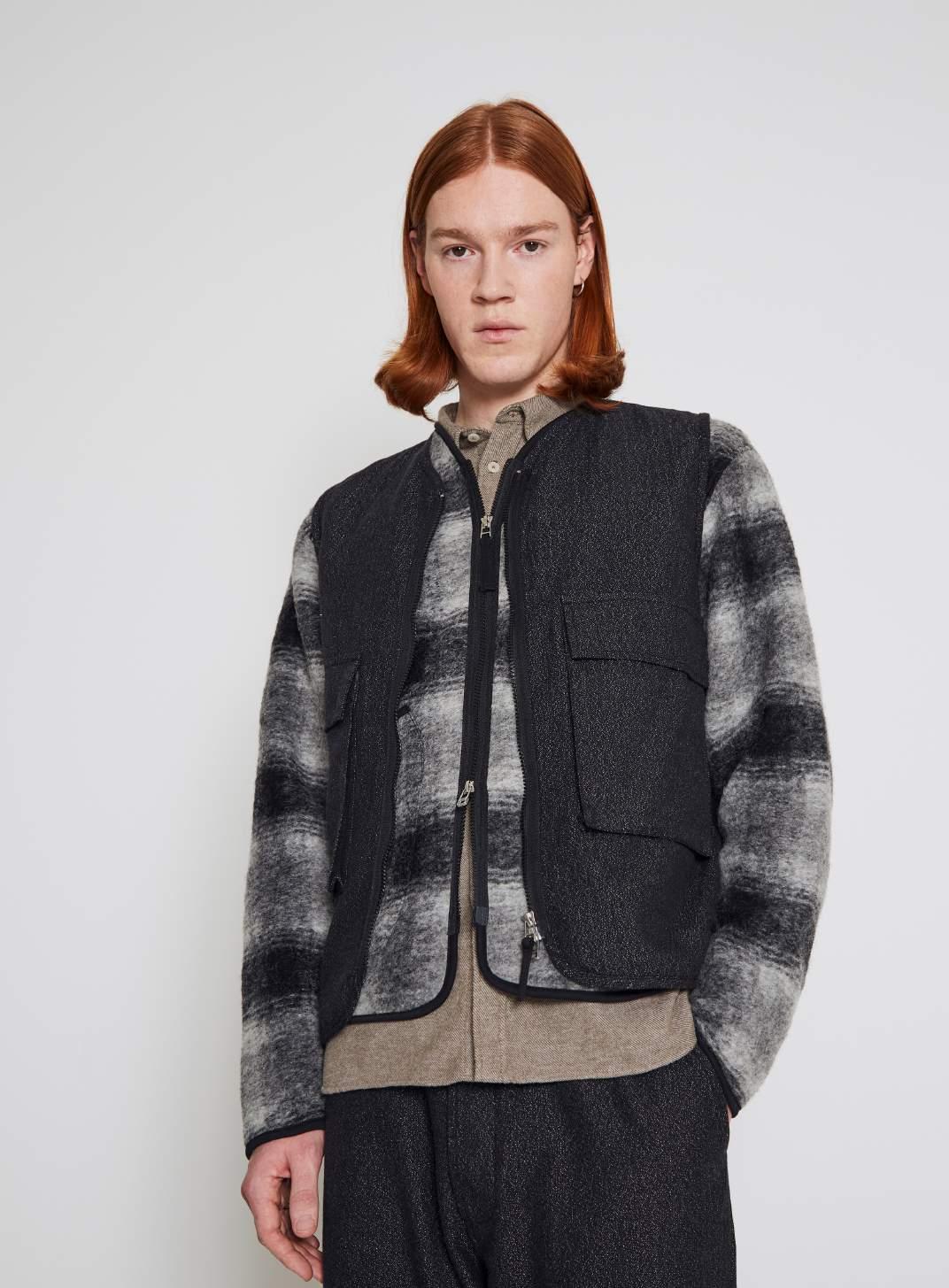
IMAGE CREDIT: UNIVERSAL WORKS 19
" I W A N T U S T O M A K E
G R E A T C L O T H I N G
T H A T H E L P S P E O P L E
T O F E E L G O O D A B O U T
T H E M S E L V E S , F E E L
G O O D A B O U T T H E
W A Y T H E Y L O O K . "
You’re a non traditionalist in the sense that you follow your own path, is there a strategy behind collaborations, partnerships or films you create?
Not really, but I guess we want to do things that are honest and genuine I want to work with other companies we like and make great product and also work on new things that excite us - sharing our ethics and our sense of humour!
There is a telling sense of togetherness, made all the more prominent given the recent pandemic. How do you want people to perceive Universal Works? Does it matter to you?
Yes, very much so, I want us to make great clothing that helps them to feel good about themselves, feel good about the way they look
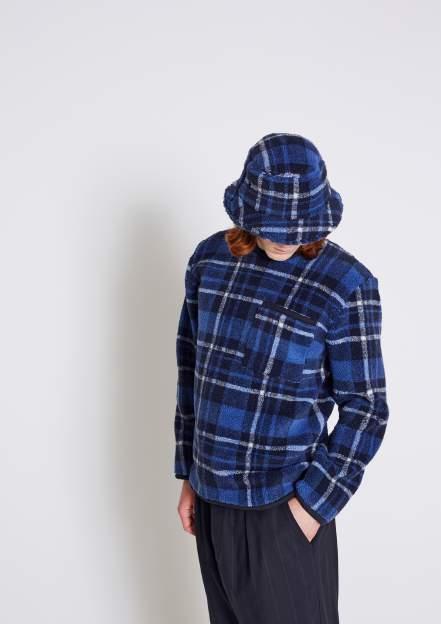
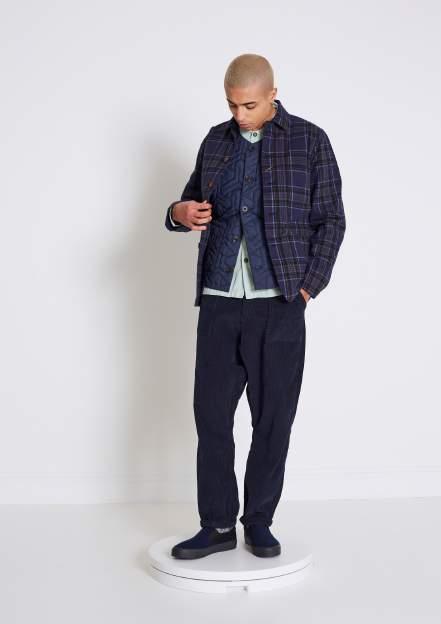
There is also a very easy-going nature attached to the brand. Is this your own personality shining through?
I am not sure I can claim a shining personality, but I think all businesses are a reflection of the people at the top We try hard to enjoy what we do and pass that on throughout the brand, but we also make mistakes everyday and try to learn form them too We are deadly serious about what we do, it’s a business and we employ a bunch of people directly and many more indirectly and have a responsibility to them and their families to do a serious job, while trying not to take ourselves too seriously
INTERVIEW BY ROBIN CLEMENTSON IMAGE CREDITS: UNIVERSAL WORKS
20
A CHANGE OF DIRECTION
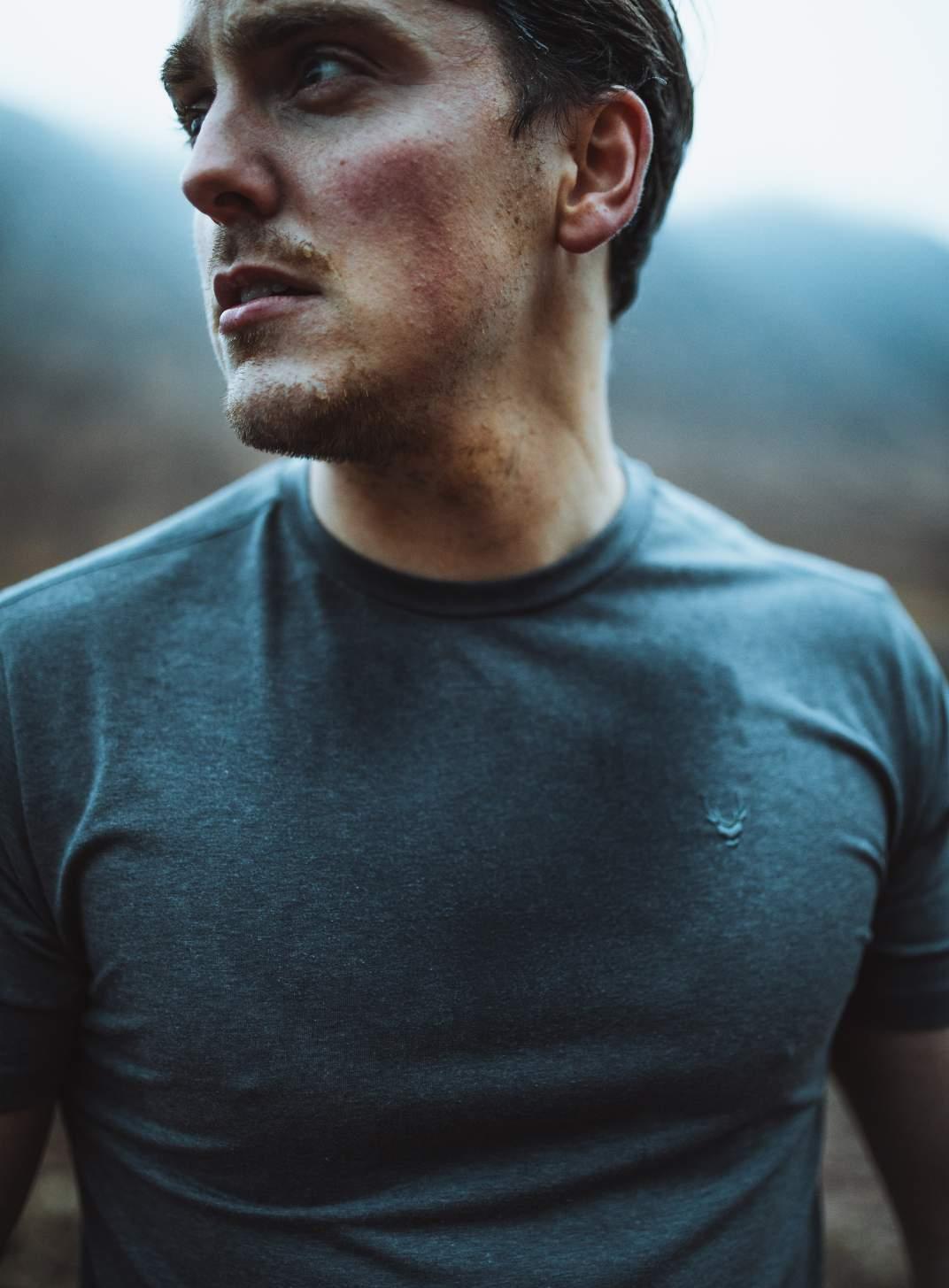
A N P A S S A S P O R T S A P P A R E L 21
IntroducingAnpassaSportsApparel AIMFORBETTER
By Founder, Dan Craven
THE IDEA
In recent years we have seen the women ’ s activewear market explode The likes of Sweaty Betty and Lululemon leading the way with high-quality, technical apparel that marries function with style - A far cry from the dark days of ‘shrink it and pink it’
Seeing this growth, it became apparent that men ’ s sportswear had become stuck in its ways – the same big brands, launching similarlooking ranges every season, mostly positioned in the mid to low price point.
Having studied Sports Technology at university, plus spending the last 9 years working in sportswear design and development, I have the idea to create a new style of technical sportswear for men – versatile apparel that blends performance, comfort and style without compromise
Designed to transition from one environment to the next; whether you ’ re training, running, in the office or climbing a mountain
Despite the sportswear market as a whole becoming very saturated, I still felt there was a niche for premium men ’ s activewear – particularly within the UK
I think it’s important to distinguish between ‘Activewear’ and ‘Athleisure’, as the two are often confused. The term, ‘Athleisure’ refers to casual wear with a sporting aesthetic. The term, ‘activewear’ refers to technical sportswear with a casual aesthetic. Anpassa fits into the latter. First and foremost, the products must be built on a platform of technical performance However; I strongly believe style can be incorporated, without any compromise in function

22
We take a minimalistic, Scandinavian approach to design, using performance fabrics with a natural colour palette A nod to this being in the name, Anpassa - a Swedish word meaning ‘to adapt’
THE 'S' WORD
I don’t see sustainability as a USP, but as something to incorporate into every aspect of the business -
not only at product level Coming from a sportswear industry background, I’m conscious of the increase in ‘greenwashing’ Without sounding too preachy, the clothing industry as a whole must continue to make fundamental changes and as a new brand, it’s important Anpassa keeps its environmental impact to a minimum
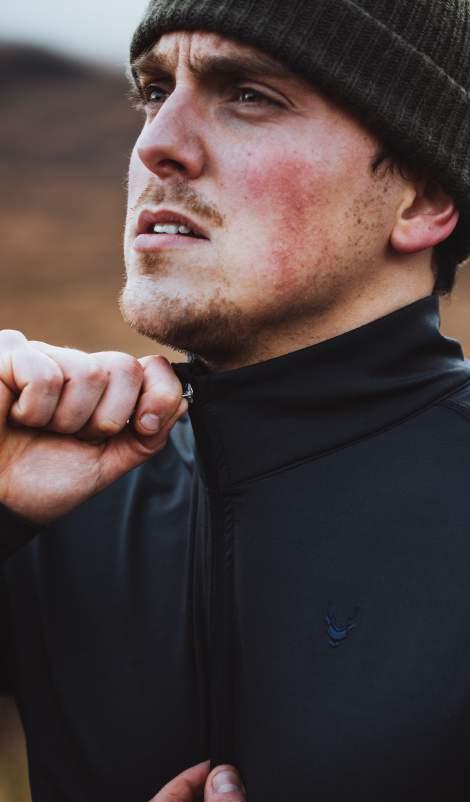
There’s a slow shift in buying habits from buying cheaper throwaway garments to investing in higher quality Durability plays an important part in our design ethos and we strongly encourage the change towards lower consumption
We use eco-friendly fabrics and materials where possible Everything is manufactured and sourced within Europe, keeping our carbon footprint to a minimum. All aspects of our packaging are ecofriendly - even down to the water-based adhesive labels used on our compostable mail bags.
These are just a few examples of our current sustainability strategy We see this as something that will continue to evolve.
DEVELOPMENT
In 2019, we had our first trip to Anpassa’s manufacturing partners in Portugal With 2020 being a difficult year for many businesses, we also found ourselves facing a number of delays within the supply chain After various rounds of sampling and plenty of persistence, we finally launched in early July, with a minimally branded, 3-piece collection comprising of a zip top made with SEAQUAL® YARN’s Upcycled Marine Plastic, a drirelease®/cotton-blend t-shirt and a highly durable woven short
FUTURE PLANS
We’re predominantly a direct-to-consumer brand, selling exclusively through our website, although
23
we are keen to partner with key retailers in the near future Although it’s early days for the brand, we ’ ve seen a steady growth in sales and received excellent feedback from customers
Moving forward, we have plans to collaborate with various industry experts and like-minded brands Heading into A/W 2021 and beyond, we ’ re thoroughly excited to grow Anpassa into the goto activewear brand for men.
View the collection at www.anpassa.co
 ANPASSA SPORTS APPAREL / PHOTOGRAPHED BY PATRICK ALEXANDER / LOCATION: GLEN COE
PATRICK ALEXANDER Patrick works across the UK and is based in Edinburgh
ANPASSA SPORTS APPAREL / PHOTOGRAPHED BY PATRICK ALEXANDER / LOCATION: GLEN COE
PATRICK ALEXANDER Patrick works across the UK and is based in Edinburgh
24
Follow Patrick on instagram @with.Patrick
NORDIC OUTDOOR
OUR TIME IS NOW
By Jonn Langan
Identity is everything to us as humans, not just in our personal lives, but also in our business endeavours So when someone comes to you and asks you to “rebrand” their entire business, you definitely feel the gravitas of such a decision.
This is what Nordic Outdoor did when they came to SSEAMS, back in the lockdown of 2020 We knew that this was not a project to be taken lightly, as the world was analysing everything, in the wake of a global pandemic

For context, Nordic Outdoor has a long history of importing and retailing Scandinavian outdoor garments and equipment Created back in 2005, the concept was to bring the style, traditions and culture of Scandinavia to an audience thirsty for a taste of a culture where the outdoor lifestyle is part of everyday living.
Focusing on Importing quality, but lesser known brands, alongside their more well known cousins, Nordic Outdoor quickly found their niche building a tribe of loyal followers
From traditional bushcraft enthusiasts, to style led outdoor aficionados Nordic Outdoor could see the demand for quality outdoor gear was only going to get stronger
Growing this community has always been at the heart of the brand, so as the number of stores grew the importance of staying true to their scandi roots became evermore a focal point of their evolution. So when, during the global pandemic, the opportunity to open a new store in the newly constructed St James Quarter, Glasgow, came around they took the opportunity in their stride Knowing that the strong stand tall, when times are tough
To enter into this new retail complex, came with its restrictions and opportunities External uniformity and planning regulations meant a lot of the visuals were controlled But this also meant that where possible Nordic Outdoor wanted to put their stamp on what they believe in.
So in conjunction with their interior design partner Four by Two, they set out to create and style a space which could transport their customers instantly into their world
25
Building a new space from scratch means you analyse everything. From the material choices to the fixtures and fittings, to the way they brand it, it was no surprise that they also looked critically at their own brand ID and logo
Nordic Outdoors’s last logo iteration was understandable and looked a little dated But it had served it’s time well Now it was felt that with this new retail venture, a new approach was needed This is when Nordic outdoor founder and owner Casper Odqvist approached our team at SSEAMS to see how they could bring their brand ID up to their modern expectations
Breaking it down, to build it up
At SSEAMS, we approach each project in a bespoke way This leads to an opportunity to really break down a project into its defining elements, enabling a deep and critical analysis of why and what are the goals for the project
When you meet Caspar you are instantly aware of 3 major personality traits. His obvious passion for outdoor design, his desire to bring a scandi cultural approach to everything he is involved with and his “No Bullshit” attitude

With this in mind we knew that we would have to find a way to present a passionate & authentic set of documents, with a clearly defined branding outcome In cases such as these, we at SSEAMS, prefer to find the essence of what drives a brand forward Looking into the history, motivations and personal drives as a way to connect with the client So before we got out our sketch pads, we set out to interview Caspar and his marketing manager Andrew Ainslie
Not to just find out what made them tick on a business level, but to get to know them, gauge their sense of taste and find those nuggets of personality that define us as humans
With the permission of Nordic Outdoor we recorded these sessions, so we could go back afterwards and really delve into the wording they had used and see how they reacted to our questioning Now, although we had some important questions we wanted to get to, we wanted to keep the interview easy and flowing to enable an open and honest conversation
If you ever meet Caspar you will know that he likes to talk He has strong opinions, with a defined belief set and is well aware of this, so also has a wonderfully acerbic sense of humour
26
Andrew on the other hand is quieter, completive, but equally has a great sense of style and a clear image for what the future can hold for the Nordic Outdoor brand
Now let me tell you a story
After a few long and in-depth conversations, which blended Nordic Outdoor’s insights into the state of the outdoor industry, as well as how they can found their niche, it became apparent that these guys are storytellers. Focusing on quality products, with traditional technologies, but with modern aesthetics and sensibilities
Bringing lesser known (and some known) brands over from Scandinavia is not just tough, it relies on being able to connect those products to the desired customer base So the implementation of any new branding would have to enable this kind of storytelling principle in a simple and coherent way
With all that we had learnt from them, we decided to tell them a story Breaking down what we felt were their values, best attributes and defined focal points This way of presenting back what we had spoken with Nordic Outdoor on, does 2 specific things
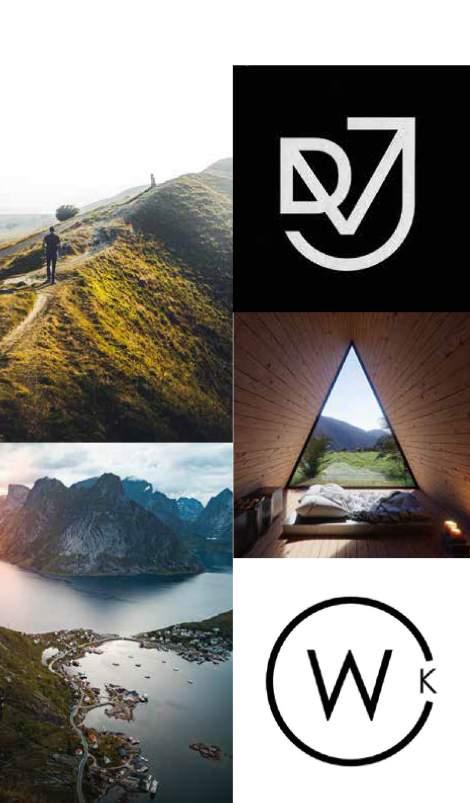
Firstly, it shows we listened and we are able to understand the world they are painting But secondly, it gave us a chance to dive further into the brand’s ideologies, giving us the cornerstones for the next step
A picture paints a thousand words
Our conversations with Nordic Outdoor had been interesting, intriguing and explorative, but as good as these conversations were, it was now time to put those words into images
Our objective was to both re-iterate and illustrate our conversations visually, so we could agree on a mood and tone, but also it gave us the chance to build out some brand values
With Nordic Outdoor’s strong direction and belief system, this process was a joy to bring to life, but this does not detract from presenting these boards back to them can be a nerve-jangling affair
As we watched them closely to gauge their reactions, our nerves melted away as we saw them visibly relax. Of course, there are tweaks to make, but this first presentation would set the tone for our working relationship, so it’s so important to get it right.
27
Over the course of the next few weeks, we met regularly to build out these boards, feeding in new pieces of work which delved deeper and deeper into the core of Nordic Outdoor and it’s brand values
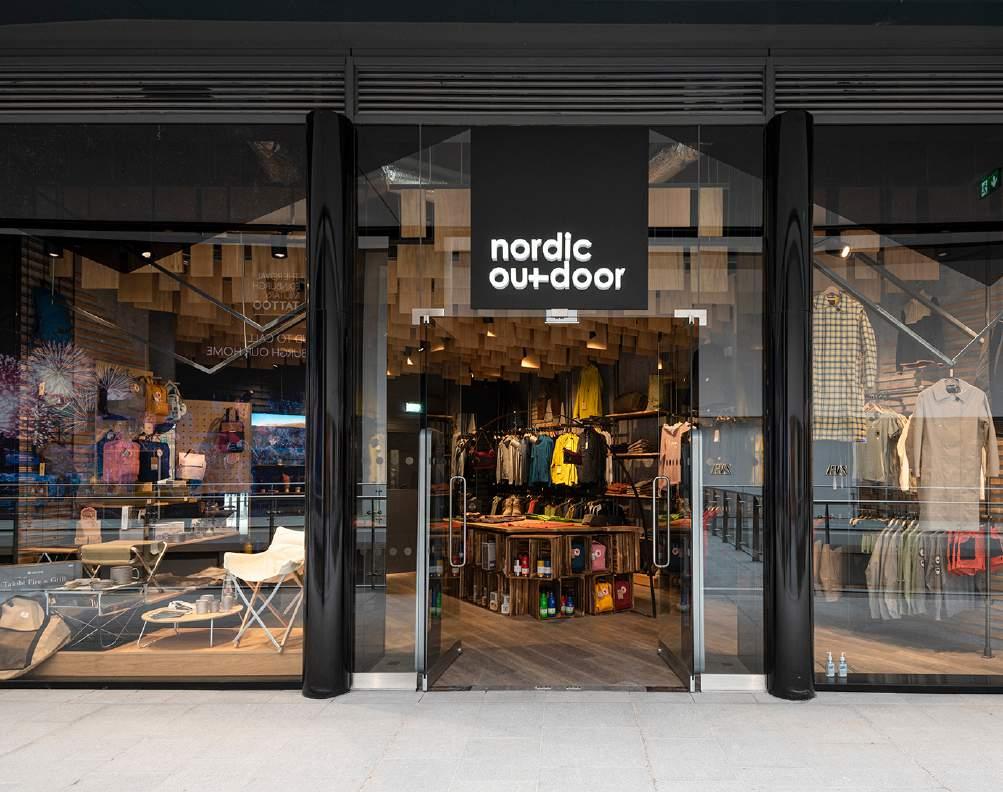
Finally we all felt we had agreed on a common understanding , we were ready to bring our ideas to the table for what their new brand identity could be
It had been clear from both our conversations and the subsequent visual work that NO were building a business based around 2 main principles The love, passion and classic design of Scandinavia and the cool edge of contemporary fashion Therefore our approach had blended these principles to offer a brand identity that could speak on both these levels.
So through the next few weeks, we worked on and came up with various graphic concepts that we felt could represent the future of the NO brand These included, but was not restricted to:
1 Horizons – A concept born out of the connection to their original mountain range logo Using font and text as a basis to create abstract mountain peaks.
2 Signal – A play on the iconic flag “ cross ” of Scandinavian flags, where these strong shapes are used in a more subtle and abstract usage
After working through all the ideas, we all settled on these 2 branding principles, with the latter winning out to become the future of Nordic Outdoor’s Brand ID
28
See the store and new branding up close at St James Quarter, Edinburgh
SHOP LOCAL
SSEAMS OUT & ABOUT
A few of our favourite store visits since the world opened up again.

IMAGE CREDIT: JIM DIVINE
29

TREEN, 2-4 ST STEPHEN PLACE, STOCKBRIDGE, EDINBURGH 30
Imagecredit:Treen
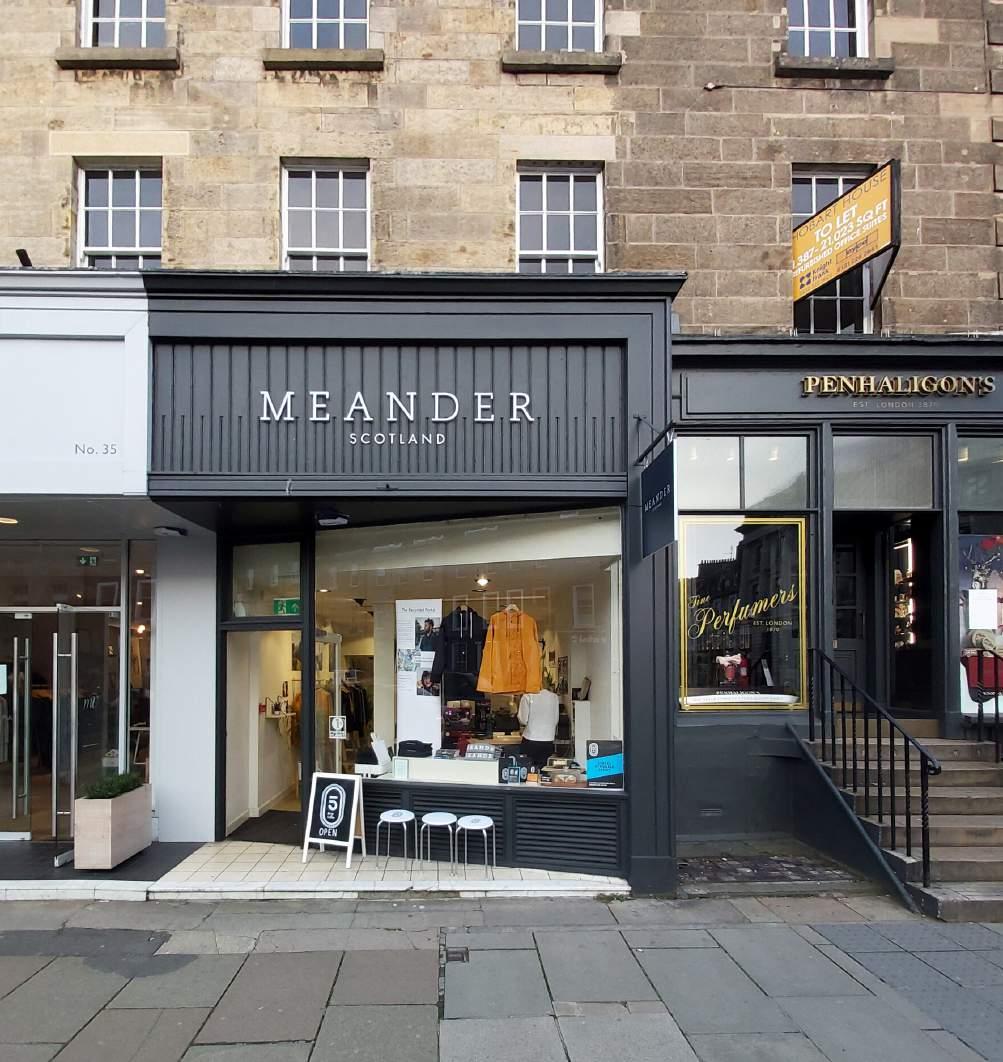
Imagecredit:MeanderApparel 31
MEANDER APPAREL, 33 GEORGE STREET
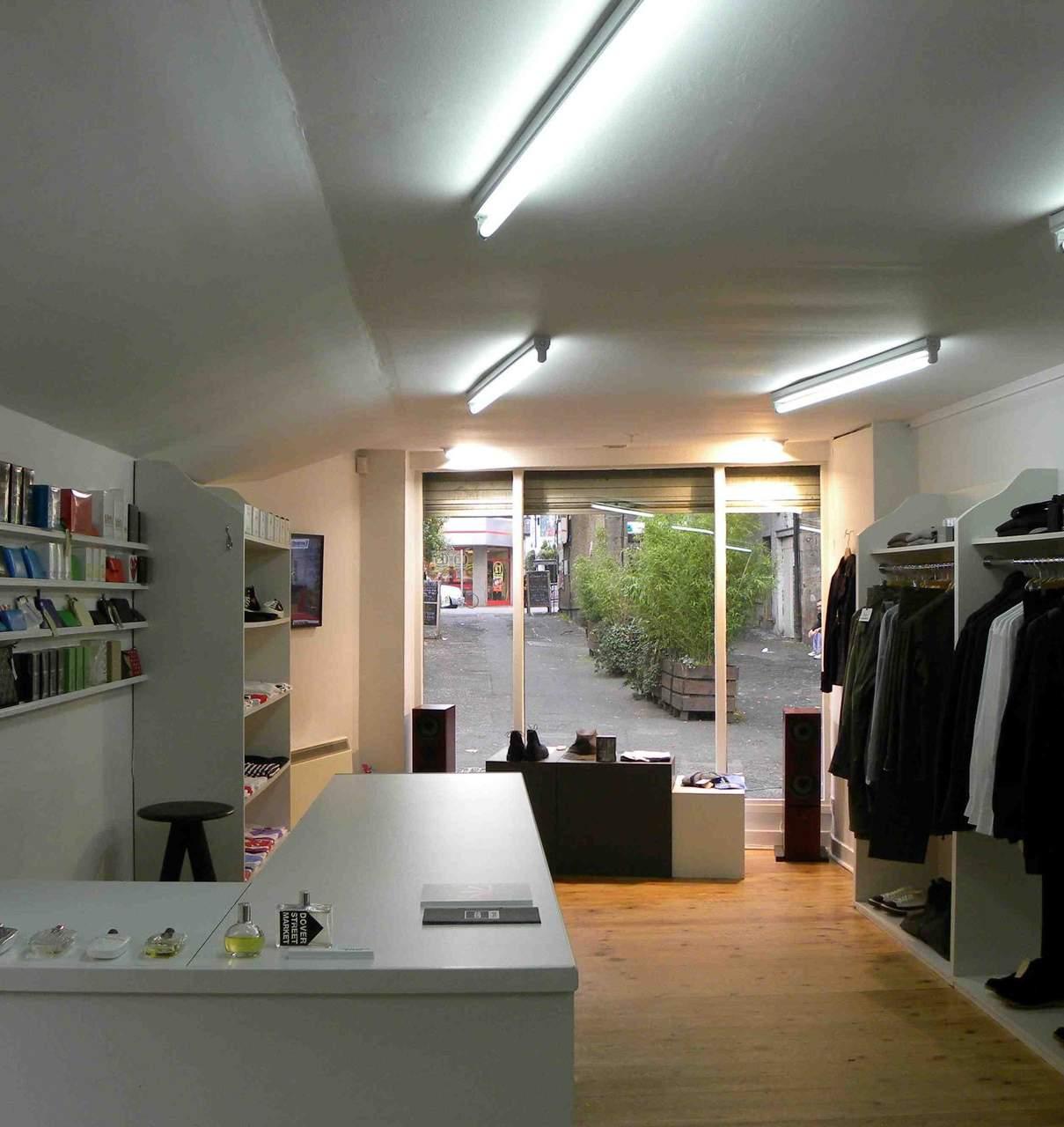
Imagecredit:W2Store 32
W2 STORE, RUTHVEN LANE, GLASGOW
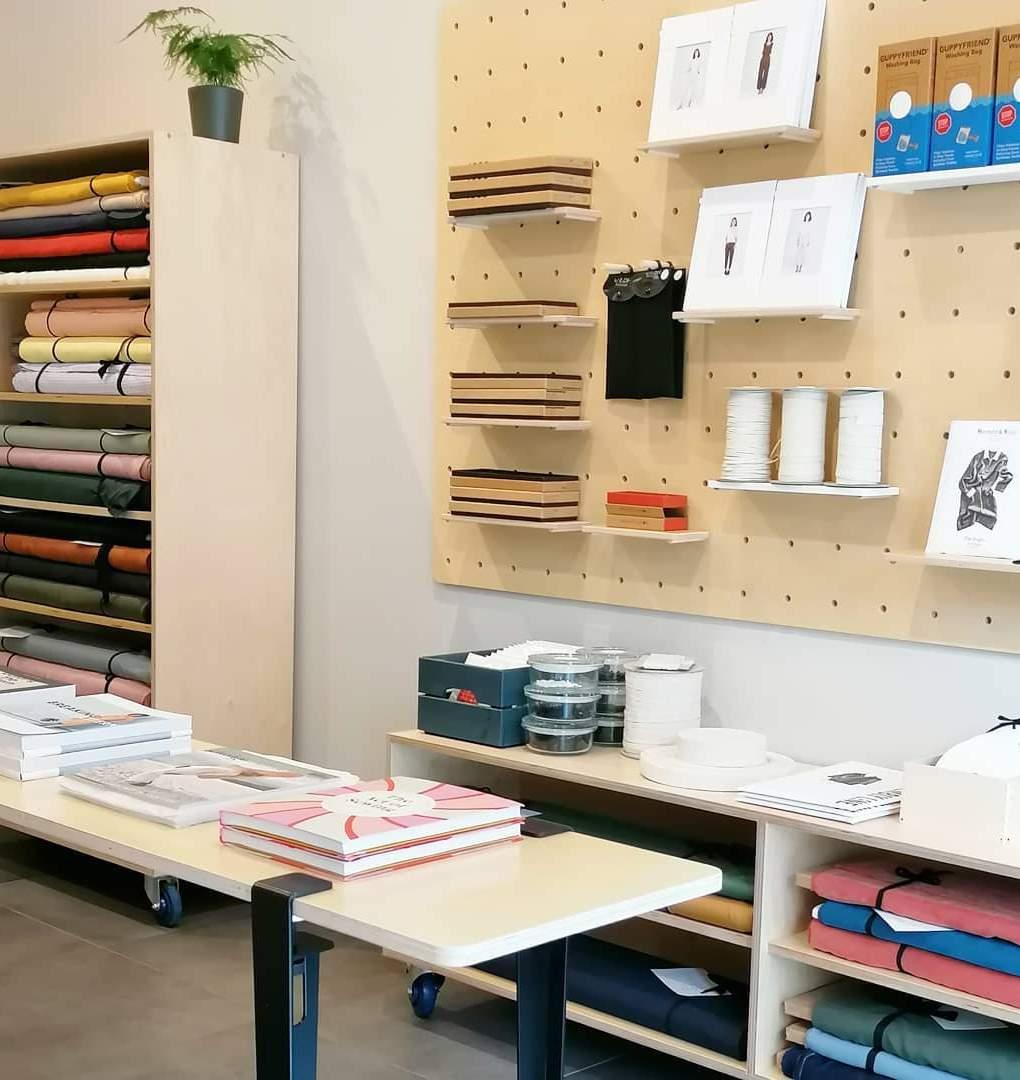 BAWN TEXTILES, 613 POLLOKSHAWS RD, GLASGOW
BAWN TEXTILES, 613 POLLOKSHAWS RD, GLASGOW
33
Imagecredit:BawnTextiles

Imagecredit:FinniestonClothing 34
FCL CONCEPT STORE, 305 BYRES ROAD, GLASGOW
 GOOD STORY, 175 HYNDLAND ROAD, GLASGOW
GOOD STORY, 175 HYNDLAND ROAD, GLASGOW
35
Imagecredit: SSEAMS
 FAT BUDDHA STORE, 81 QUEEN STREET, GLASGOW
FAT BUDDHA STORE, 81 QUEEN STREET, GLASGOW
36
Imagecredit: FATBUDDHASTORE
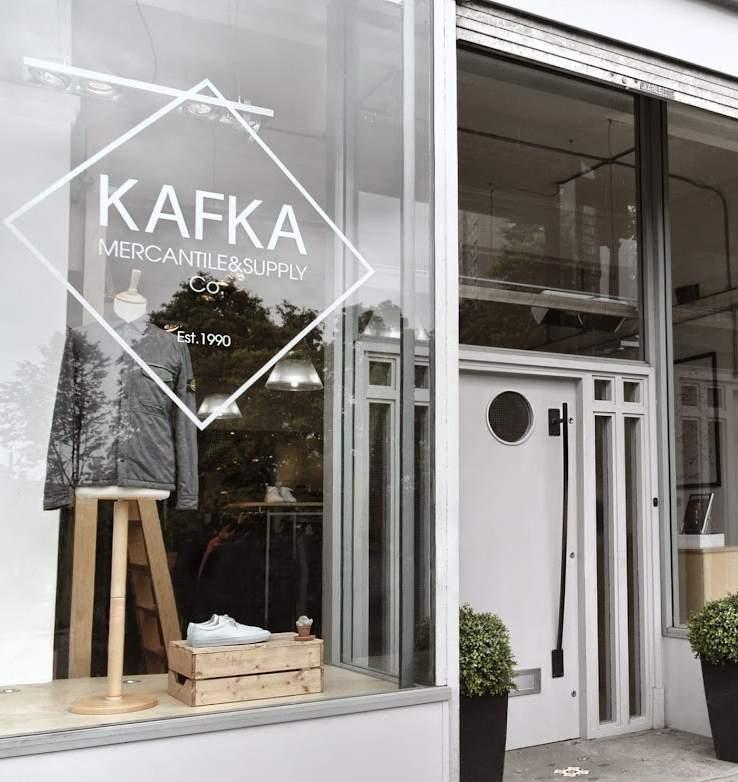 KAFKA MERCANTILE & SUPPLY CO., 5 ALFORD PLACE, ABERDEEN
KAFKA MERCANTILE & SUPPLY CO., 5 ALFORD PLACE, ABERDEEN
37
Imagecredit: KAFKAMercantile&SupplyCo.
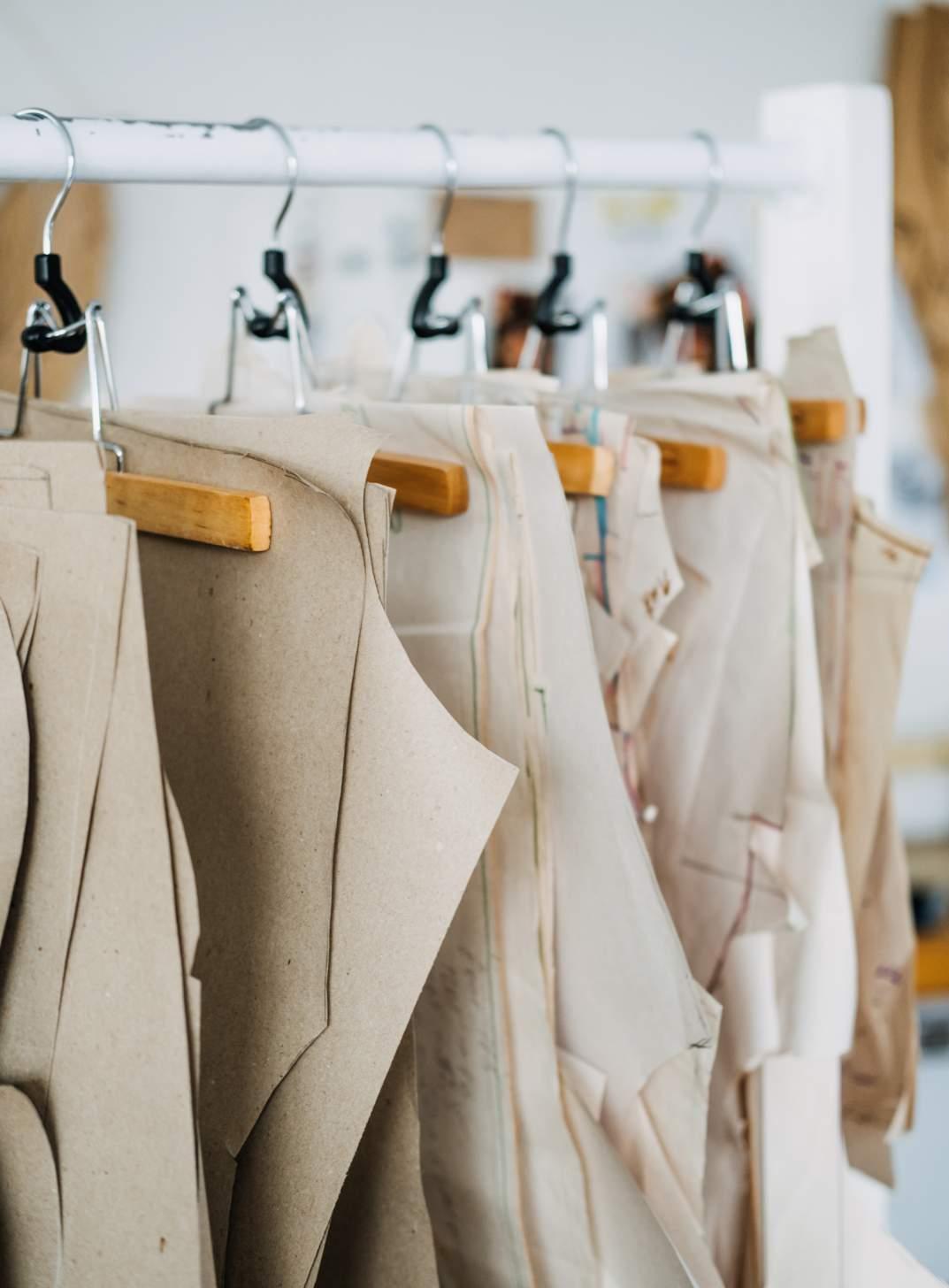
38
GREENWASHING IN THE FASHION INDUSTRY
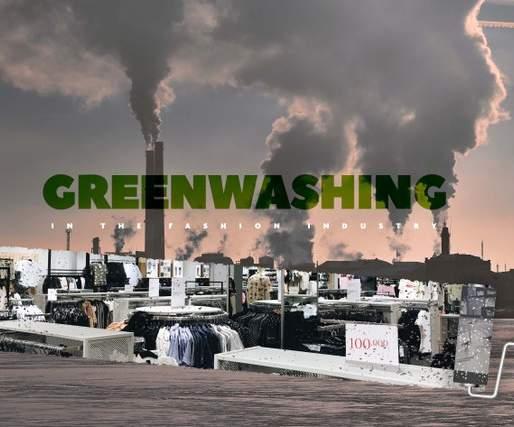 By Rav Kiran
By Rav Kiran
While sharing her cover for Vogue Scandinavia on Twitter – environmental activists Greta Thunberg commented:
Eco-conscious, environmentally friendly, sustainable these are just some of the buzzwords being used to sell the green credentials of brands & corporations
Consumers look towards retailers & brands for these environmentally friendly choices to be available at the same level of pricing and availability as their current use to- something many brands are finding a challenge
39
"The fashion industry is a huge contributor to the climate – and ecological emergency, not to mention it’s impact on countless workers and communities who are being exploited around the world in order for some to enjoy fast fashion that many treat as disposable.”
As a part of the fashion industry, I have noticed that while the growing number of companies responding to the climate crisis is hugely positive, it can be difficult to know whether you ’ re being a responsible consumer or buying into greenwashing.
The biggest perpetrator of these tactics is the fast fashion industry where the demand is the highest but thanks to greenwashing the topic of sustainability is seen as a way out of the Covid 19 crisis - in order to stay afloat & generate sales in the aftermath of the pandemic
SO, WHAT IS GREENWASHING?
Greta Thunberg continued to state, "Many make it look as if the fashion industry is starting to take responsibilities, spending fantasy amounts on campaigns portraying themselves as "sustainable”, “ethical”, “climate neutral” or “fair” But, let’s be clear - This is nothing but pure greenwash ”
So how can we spot when we, as consumers, are being Greenwashed? How can we recognise it? And most importantly - what can we do to prevent it?
Greenwashing is the underhanded strategy of providing false or misleading information on how a company's products are more environmentally sound Greenwashing is considered an unsubstantiated claim, created to deceive consumers into believing that a company's products are environmentally friendly.
These tactics tend to be deployed by fashionbased entities who are neither ethical or environmentally conscious - And unfortunately, they are becoming extremely clever at this So how do you spot the not so eco-friendly wool being pulled over our eyes?
For example, you find two identical pants at a fast fashion retailer One with a tag stating ‘sustainable’ with all the visual cues etc. The other does not provide any information on how it is made.
Chances are high you will purchase the first option It adds reassurance & morality to your purchase if priced the same or even marked-up due to its ‘sustainable’ message Fast fashion brands are extremely aware of this consumer psychology
Retailers want to add these claims to their product but cannot risk raising their prices too much as the main draw to their business is the pricing and affordability of their products They cannot openly lie about their product so they look for loopholes & creative phrasing into deceiving consumers That deception implies that they are acting environmentally responsible when they are not - that is the textbook example of Greenwashing
HOW CAN WE RECOGNISE IT?
Look at how information is presented to you
Photoshoots in sunny fields, ocean sides, aspirational natural hues, green tones, imperfect textures, smiling faces of locals and key words that evoke a sense of nature, care and purity in choosing their products Along with this many of these retailers release smartly versed mission statements and descriptions to entice consumers. And with the money & resources at their disposal the tactics will continue to get more and more devious in the process
–
40
Phrases such as ‘Every piece in the collection is made from sustainably sourced material such as 100% organic cotton ’ Statements like this can be misleading What does sustainably sourced mean? How has it grown? How is it farmed or manufactured?
A clear definition is not provided allowing our own minds to fill in the blanks to create a more positive experience due to word association It could also potentially imply on face value that every garment is exclusively constructed with 100% organic cotton when there could be only a share of cotton in that garment.
It is 100% organic cotton but it does not mean 100% of the garment is made of that sustainable material Some garments may be made of multiple fibre contents so it’s harder to identify the sustainable one, as well as one which matches the percentages promised
Even phrases such as ‘100% Sustainable’ are used so often to simplify the connection to the consumers when in fact it has no clear definition or standard from a legal point of view Is it environmental? Better conditions for factory workers? Better farming practices? It is pretty deceiving and too vague.
‘Reducing carbon emissions’ is a popular statement but if you make less product one year or from that one factory and even split your production across multiple factories you have already reduced emissions from a legal sense –the company has made no changes to their practices. ‘Reducing our carbon footprint by x% this year ’ - unit produced is conveniently not mentioned. If you make more units the percentages shift.
A popular phrase currently is ‘Vegan Leather’ Another term used which has very loose legal definitions and standards Vegan leather implies on face value that no animal was harmed in the construction of this material – which we associate with positive aspects of our consumerism being less harmful to our planet etc
The specifics are ignored Is it pineapple / mushroom leather for example which is great for the environment but when usually not explained it tends to imply materials such as PVC or PU [as its plastic not animal based therefore vegan by legal argument] can release micro plastics into water when washed as well as the other chemical processes which were used to make it can be harmful to planet and people Recycled leathers do exist which are more planet friendly so again be on the lookout for those distinctions
WHAT CAN YOU DO TO HELP PREVENT IT?
You can see it is important we look beyond the label When transparency is not offered what can we do? Have a look at what they’re telling you as well as what they’re not telling you If you are on a product description page to see what your garments are made of
When a certain product is made responsibly company ’ s want to mention it but pay attention to that information Don’t be afraid to ask questions as a consumer, they value your business A company with transparency will have no problem disclosing that information
41
When in store simply check the care label usually found on the inside side seam of all garments It has to be there by law Learn to spot words that are too vague with no clear explanation – Words like ‘Green’, ‘Pure’, ‘Sustainable’, ‘Eco Friendly’, ‘Conscious’ etc have no legal definition If they do not explain what that means then it’s not enough
Organic can be checked and verified on products as there are certain standards that the materials must face to be classified as organic such as GOTS (global organic textile standard) for example There are many more certifications out there but areas of responsibly sourced materials will meet industry standards
Look for alternative ways of updating your wardrobe One of my favourite ways –buy vintage or second- hand Buying second-hand items means that you ’ ve obtained an item that might have ended up in a landfill. By limiting our new purchases and opting for recycled or used items instead, we’ll be helping the environment a great deal by reducing the toxic waste and harmful materials that are typically disposed of in oceans or landfills
A lot of second-hand items are far from nearing the end of their lifespan and they usually come at a much lower price; buying these items ensures that they are used to their full capacity
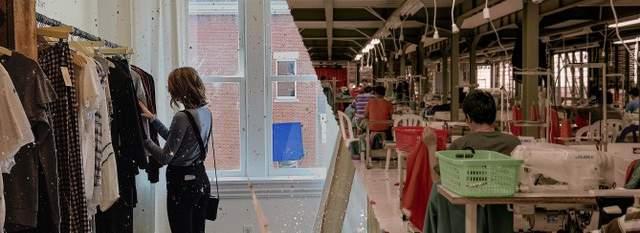
Without question, the fashion industry has a vast impact on the environment It is one of the most polluting industries in the world
Apart from high water consumption & carbon footprint, it makes wide spread use of chemicals that are not only hazardous to the environment, and all living creatures. Working conditions & practices of farmers, manufacturers and everyone throughout the entire process are now under the microscope as consumers want transparency Key consumers no longer carry the don’t ask - don’t tell mentality – our choices must carry a conscious as well as consequence
The COVID-19 crisis and its consequential economic shutdowns has created unparalleled challenges for the fashion industry. Declining consumer spending & disrupted supply chains. It has upended the lives of billions. It has been disastrous for the vulnerable, exposing the inequalities of the world, and the precarious system that the fashion industry operates in
42
The ugly truth is on display for all to see and much more is needed to be done
So, can the industry steer change? And, how can we steer change as consumers? These are big questions for anyone to wrap their heads around There is no perfect answer No instant fix But every step we take aids in setting the agenda and the demand for reform in the fashion industry
There’s a lot to unpack when it comes to this topic It’s a growing discussion Many in the industry want to be on the right path to sustainability and will slowly transition into improving parts of their business It’s a game of two halves but it will ultimately come down to cost vs consumer demand
The pandemic directed some businesses to prioritise survival, it also thrust sustainable principles and working practices into the spotlight – particularly for consumers And as consumers, creatives & other individuals involved in this industry it will come down to all of us – our attitudes, awareness & reflection of our choices to ensure the chaos of 2020 serves as the catalyst for a brighter 2021 and beyond
For more information check out https://www.fashionrevolution.org for more information and how to get involved or to learn more.
 BY RAV KIRAN
BY RAV KIRAN
Special thanks to Rav Kiran has contributed to SSEAMS magazine since its inception
Rav has been providing years of successful creative solutions in Fashion Design & Creative Direction in Sports, Lifestyle & Streetwear all over the world – spanning various organisations, groups, & brands His expertise in all areas of fashion design & current involvement with the sports brand Umbro has created some of the brands most profiled & influential collaborations and collections to date.
Image credit: Francois Le Nguyen
43
"LET US REDEFINE OUR RELATIONSHIP WITH CLOTHES."

G I L L I A N M C N E I L L , L A W D E S I G N S T U D I O 44
WHEN CHANGE IS GOOD
Introducing LAW DESIGN STUDIO
relationship with clothes.”
LAW Design Studio is a size inclusive made to order conscious fashion label designed and manufactured by Gillian McNeill in Glasgow, Scotland
The brand mission is to change our relationship with clothes and adapt to a more thoughtful approach curating our wardrobes
Gillian spent the first decade of her career working for the fast fashion industry as a designer for the U S and U K Market The constant fast trend chasing and throw-away wasteful approach to the industry made her fall increasingly out of love with the industry she always dreamt of working in After bringing her 2 daughters into the world she wanted to help create and change the fashion model to a much more environmentally and ethically conscious way of working to help build a positive future for her two girls
The LAW Design Studio business model works on a made to order basis which avoids impulse buying and the ability for customers to specify leg lengths and hems to bespoke sizes thus creating an emotional attachment to the garment when it arrives on your doorstep
Once a customer has purchased from LAW Design Studio, the LAW Circular project invites customers to sell back their old LAW Styles which are then re-processed and sold on as pre-loved goods This creates a closed loop cycle within the selling process
All waste from the production is saved and converted into baby clothes or used as quilting and padding so nothing goes to waste With ensuring a zero waste approach to design as well as timeless, classic styles using low impact materials, the brand is on a mission to change our approach to buying clothes.

‘Let us redefine our
LAWDESIGNSTUDIO
Image credit: Otago Street Collective 45
COM

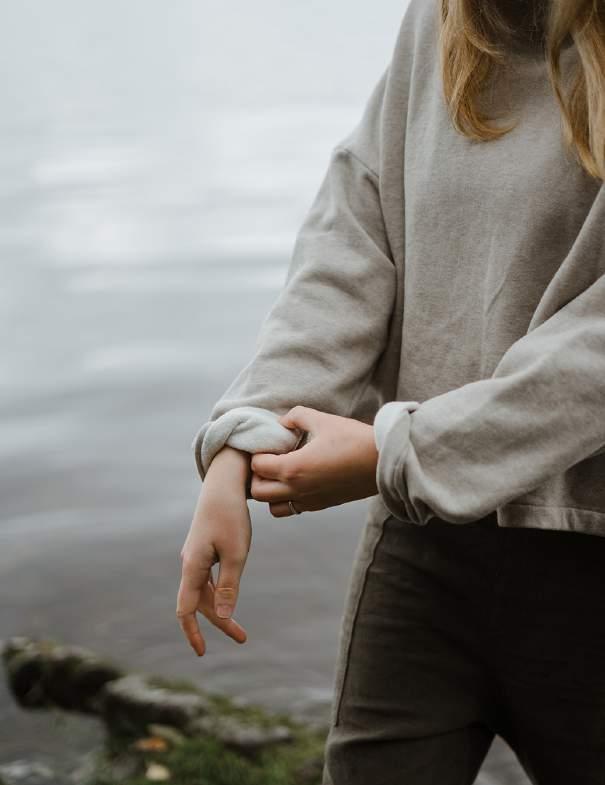

46

IMAGE CREDIT: OTAGO STREET COLLECTIVE 47
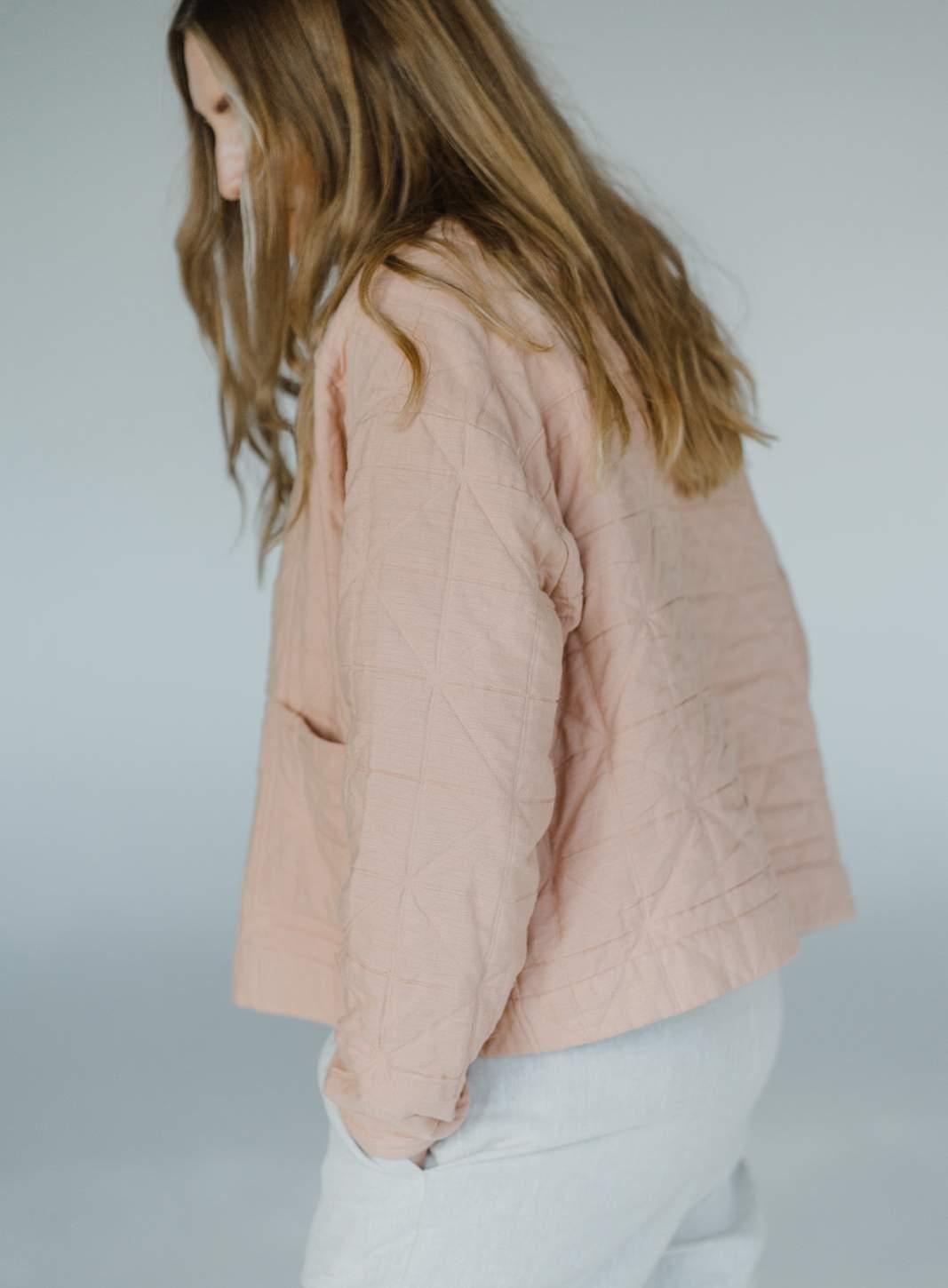
IMAGE CREDIT: OTAGO STREET COLLECTIVE 48

IMAGE CREDIT: OTAGO STREET COLLECTIVE 49
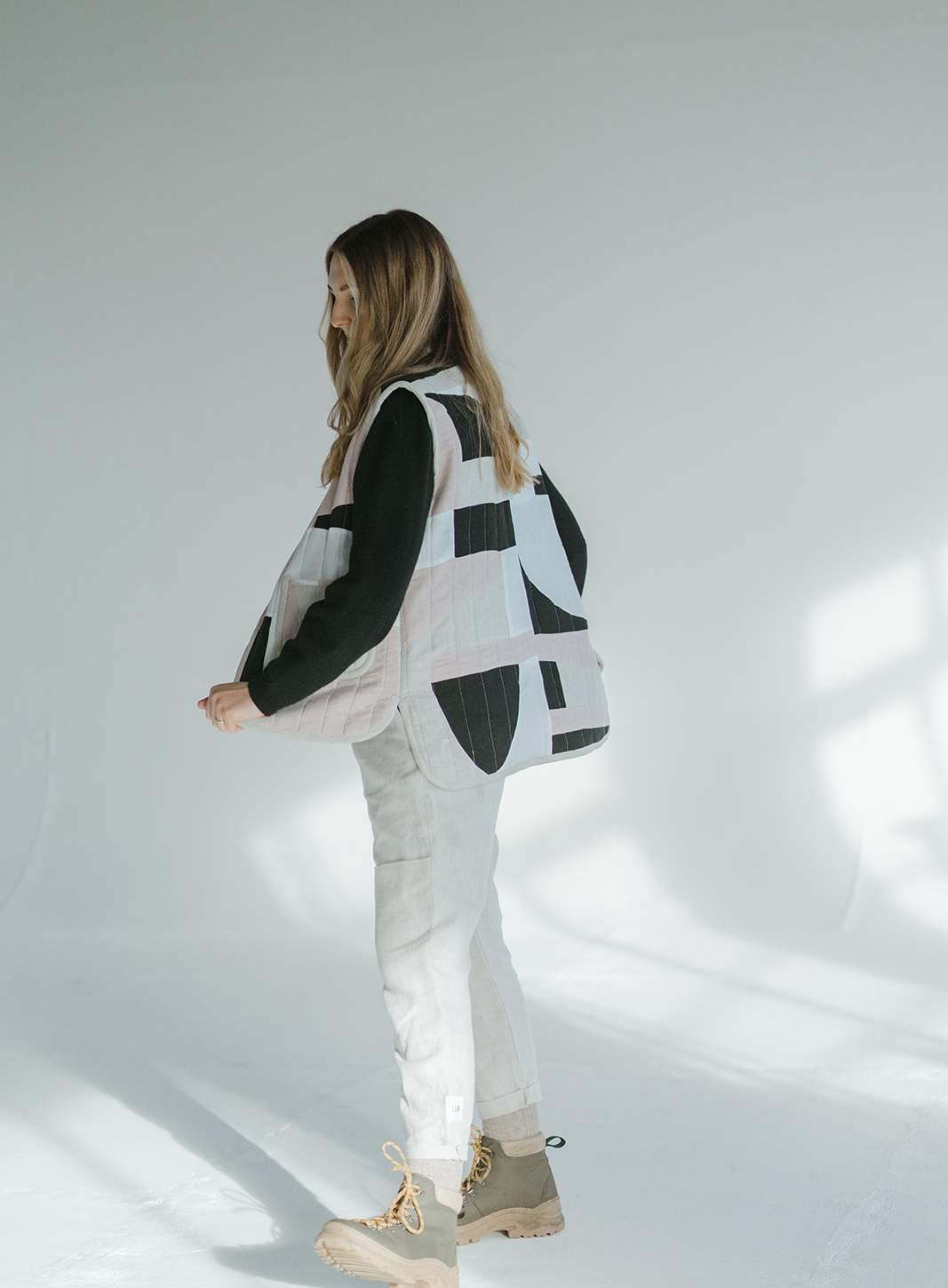
IMAGE CREDIT: OTAGO STREET COLLECTIVE 50

IMAGE CREDIT: OTAGO STREET COLLECTIVE 51

52
IMAGE CREDIT: OTAGO STREET COLLECTIVE

MARKING 50 YEARS OF OSTI MASTERY B Y H U G H C L A R K E 53
MEMOIRS OF A FAN
By Hugh Clarke
To mark flagship brand C.P Company's book release; An informal history of Italian sportswear
Cemented in the roots of modern-day casual culture, C P Company is a widely recognised Italian sportswear clothing brand, now celebrating its 50th anniversary Created back in 1971 by visionary designer Massimo Osti, C P became part of the family of several other menswear brands from the Osti stable Stone Island being the most notable.
This year three other Osti brands; Boneville (1981), Left Hand (1993) and S.T. Ninetyfive (1995), are being re-launched into the marketplace. Having not only cemented its place in menswear history, C P remains extremely influential today, evolving with the times, yet sticking to its original philosophy created by Osti I myself have remained a fan since I was introduced to the brand in the 90’s

Combining a strong balance between heritage and innovation, C P Company combines quality with both functional and comfortable products which are made to last, not just for seasons but generations - a marked style that has created a new model army of followers, which has transcended the ages
MY GENERATION
CP company 1996 – 2021
When the C P Company 50-year retrospective book popped up on my radar I instantly ordered one. I was excited. I was expecting to look at some well-photographed products from the archives and learn more about C.P. Company. Yes, the book is full of beautiful well-executed product shots, but it’s so much more
“Only by thinking about clothing in terms of years rather than seasons one can guarantee a quality which will win over the crisis of overdose which provoked the refusal of the consumer.” - Massimo Osti, 1993
Image credit: Massimo Osti Archive
54
The book also proved to be a window into the worlds of several characters from different backgrounds around the world and their journey with the brand I instantly had a sense of connection with them
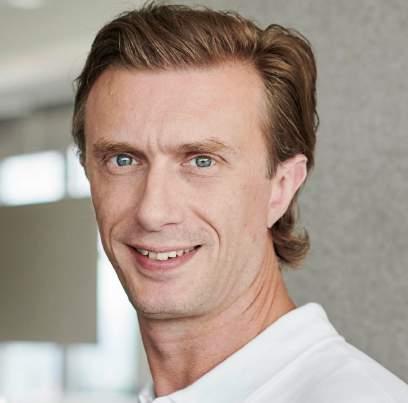
MY STORY
The character reference in the book started to make me reflect on my own journey with the brand, which started in the mid-90s Although it's a similar journey from those characters, it’s from another place in time, my childhood town, Brighton
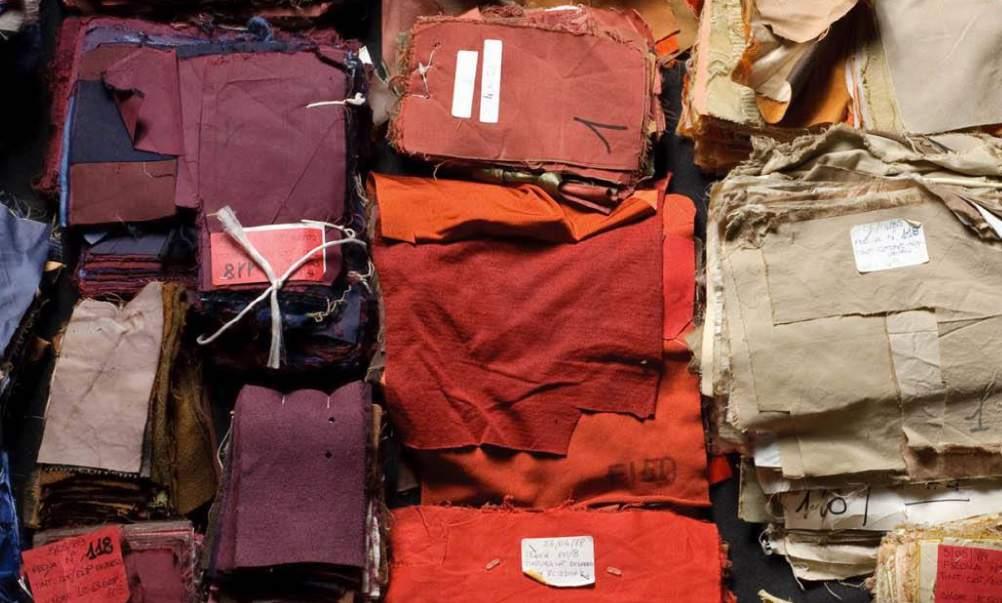
I grew up in Brighton and Hove which is a small seaside town situated 50 miles directly below London. Brighton is and always has been a very diverse place. It’s a liberal and creative with a lot of different subcultures mixing together, no one cared what you were into It’s a cool place for people who like the alternative and independent You can be yourself
Curious in nature I was sucking up the different cultures I caught the end of the Acid House movement in the 90’s which evolved into the rave scene with a particular spotlight on Sterns Nightclub in Worthing Then transitioning into House music and another top UK club The Escape Club in Brighton, which became a regular haunt of mine Not forgetting the whole Indie scene going on with Oasis, Manic Street Preachers and The Charlatans to name a few.
55
Hugh Clarke
The Goldstone ground, the home of Brighton and Hove Albion FC then was only 10 minutes from my house, and I had to walk past it daily to school Football and the football community became a big part of my life
Today the club is healthy and doing well in topflight football with a next level stadium In the mid-90s it was a different picture, as the club was dropping down the leagues to a point where in 1997 it was fighting to stay alive, with very low home support The club was under bad management and the Goldstone ground was sold to make a retail park. The club was homeless until 2011.
I rarely missed a game
STYLE C.P. COMPANY
In the early 90s I became more aware of the styles of different subcultures Living close to the Goldstone ground and having friends close by, I noticed some of their older brothers and their mates dressing cleaner and smarter and became aware of the C P Company At the time I was wearing a baggy long sleeve T-shirt.
C.P. Company worked well for me as it had little or no branding, you could mix between the different subculture's without standing out and it wasn't too smart to be wearing during the day time, yet smart enough to get into clubs
With my interest in clothing I found myself working in a designer sportswear store in Brighton called Profile, which was back then stockist of the usual suspects such as Armani Jeans, Valentino, Stone Island, Hugo Boss and of course C P Company Working with these clothes on a daily basis attracted me even more to the latter
From there I went to study clothing design and technology at Manchester Metropolitan University where I delved deeper into researching C P and the designer behind the brand Massimo Osti
OSTI
Massimo Osti was an Italian graphic designer from Bologna, Italy. He brought the lens of graphic design and communication to the creation of menswear and transformed it forever
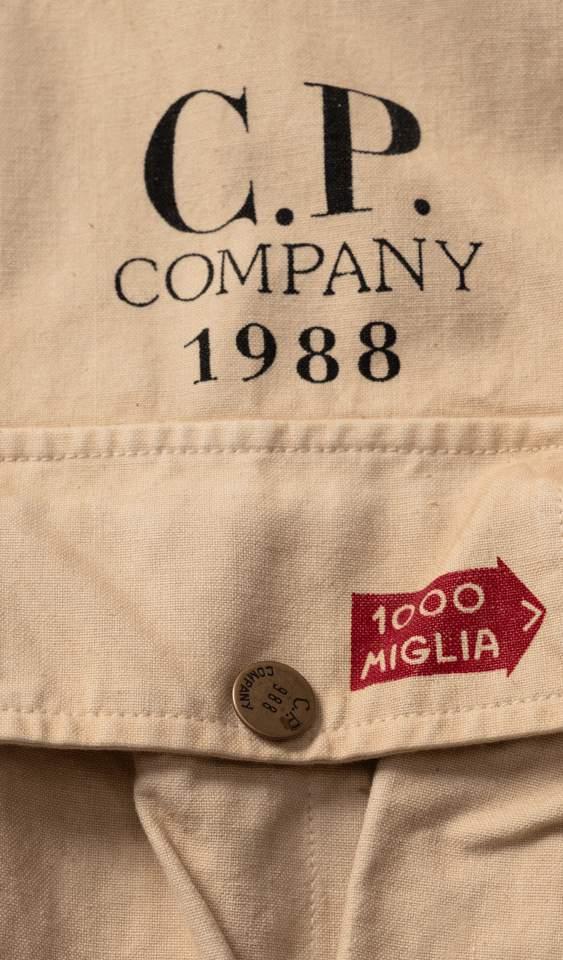
56
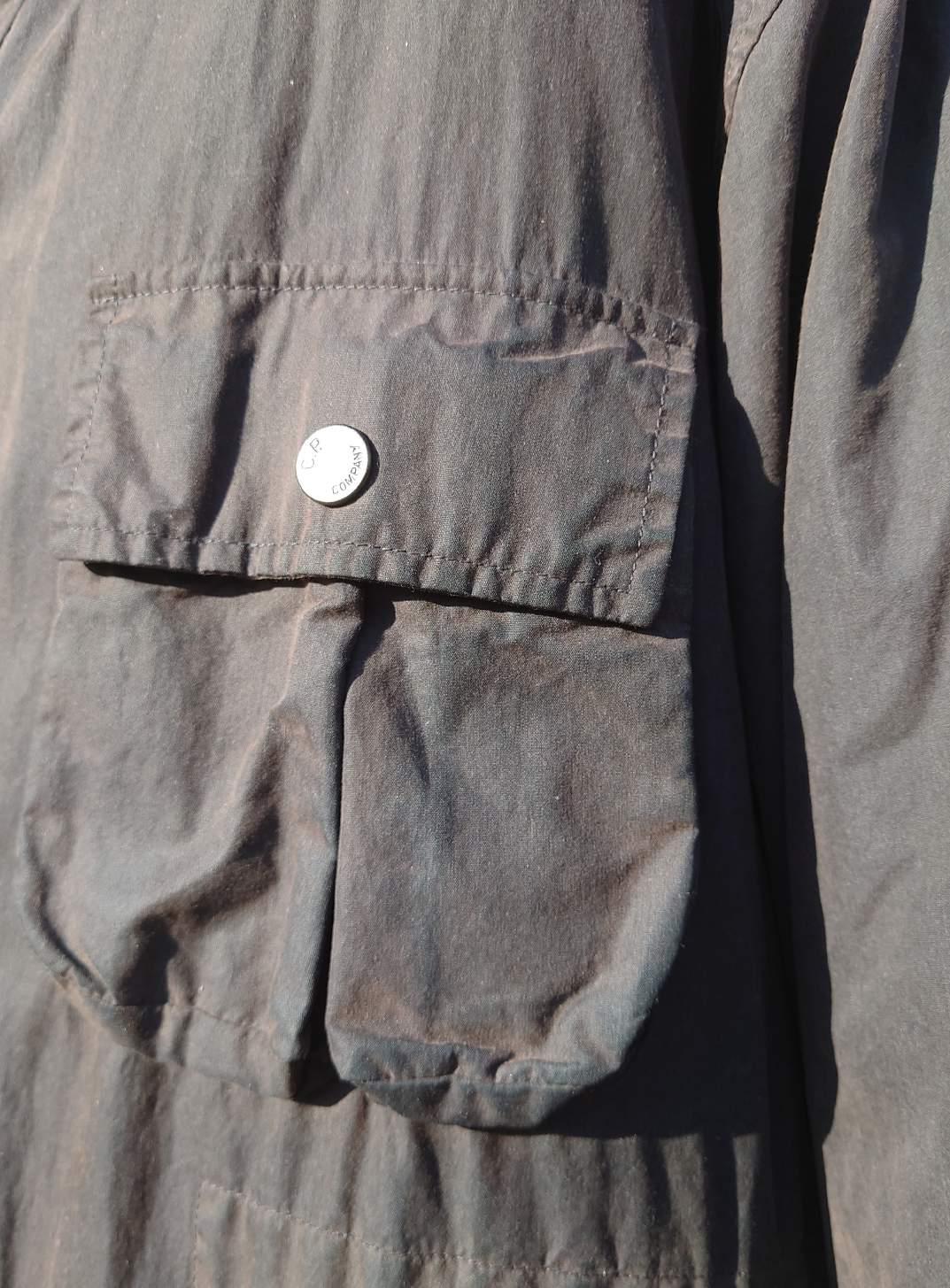
57
Image credits: Hugh Clarke's archive
researched and heavily explored the garment dyeing process, which C.P. Company is now widely known for, and the brand is continuously evolving this technology today."
Osti started the brand in 1971, a time when men were wearing tailored suits and stiff shirts The original name of the brand was Chester Perry, which was then rebranded to C P Company in 1975
Starting out by making T-shirts, which at that time were seen as undergarments, Osti would use paper printing techniques to print artworks onto the tees - combining the two technologies together was a very innovative approach for that time.
Expanding the product line further, Osti start exploring different garment pieces such as outerwear
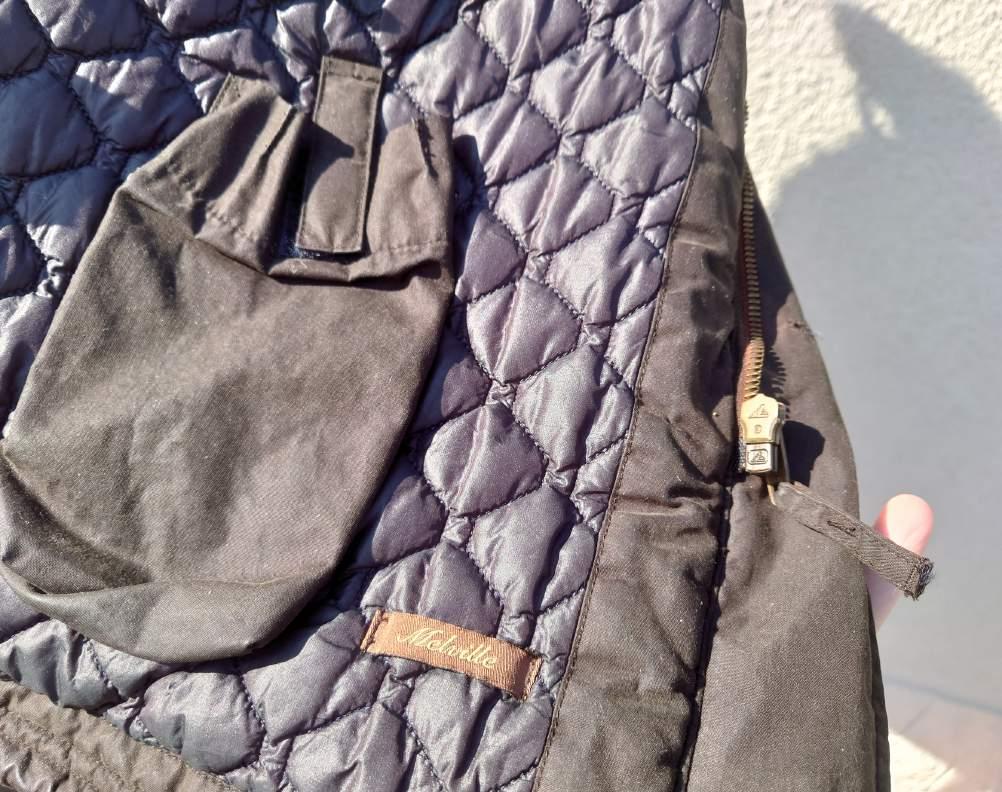
Gaining inspiration from studying the form and functionality of military uniforms and workwear, Osti did not follow the fashion circus, the catwalks or even visit trade shows
He was a massive collector of military uniforms and workwear where he found his inspiration and deconstructed the garments to get a better understanding. He recreated the products into new forms and new functionality to suit the modern urban man
Osti wanted to create perfectly functioning timeless garments Instead of creating new pieces every season, he focused on a few select garments which he would evolve and fine-tune over time These pieces became iconic products One standout piece is the famous Goggle jacket
Image credits: Hugh Clarke's archive
"Massimo Osti
58
The Goggle jacket has been in existence since 1988 and had many iterations over the years Osti had discovered a Japanese civil defence hood that had lenses sewn into the fabric, he evolved these lenses and combined them to a cotton field jacket to create the explorer jacket. This was released in the Spring-Summer of 1998
Osti continued his research and development with the lenses, creating several prototypes and the idea of moving the lenses from the collar into the hood came to mind

He was also inspired by the Swiss field jacket and multi-purpose pockets He combined the two technologies to create what we know now to be the Goggle jacket
Massimo Osti researched and heavily explored the garment dyeing process, which C P Company is now widely known for, and the brand is continuously evolving this technology today.
Garment dyeing is in the art of taking all the parts of a garment which are usually white or un-coloured and constructing them together into a product then dipped into a dye bath, this creating a unique (different shades), beautiful, natural, tonal relaxed appearance and an aesthetic of a used, second-hand garment
The garment-dyeing process also brings sustainability and flexibility to the manufacturing process C P Company buys extremely large quantities of plain materials which then can be used year-after-year but look different every time after the dying process. It also keeps the cost of the product down.
Image credits: Hugh Clarke's archive
59
Family Culture
Everything back then was made in house and Osti used both his friends and family to model His wife was the photographer Products of C P company are very well made and still carry that quality today Back in the early days their lines were produced by some 40 outside manufacturers scattered around Italy known as Faconisti, who were sub-contractors renting machinery and space from the Ravarino company
The contractors were highly skilled and paid accordingly. They were partners who were expected to share in the company ’ s desire for innovation and high quality
Conclusion
Massimo Osti’s legacy lives on His innovative visionary design philosophies can still be seen everywhere today So many of us have graphic T-shirts and down jackets in our wardrobes
Massimo Osti’s philosophy will be even more relevant in the future as the world is looking for a more sustainable path The need for more sustainable and better quality, functional timeless products sits at ease with C.P. Company’s philosophy.
For the 50th anniversary, C P released the explorer jacket, choosing the more sustainable Ventile cotton-based waterproof fabric It will be interesting to see if they lean more towards this in the future?
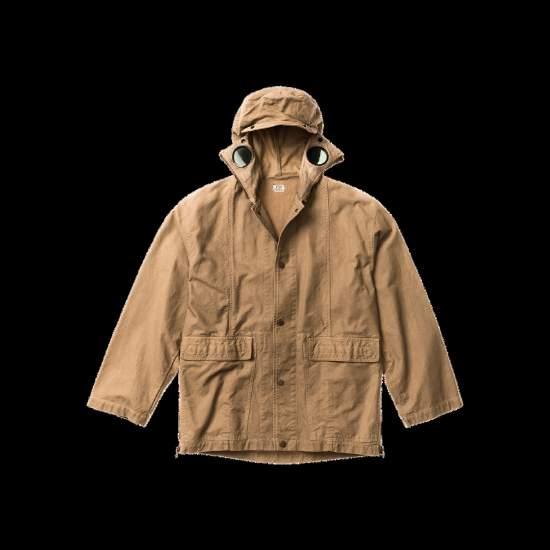
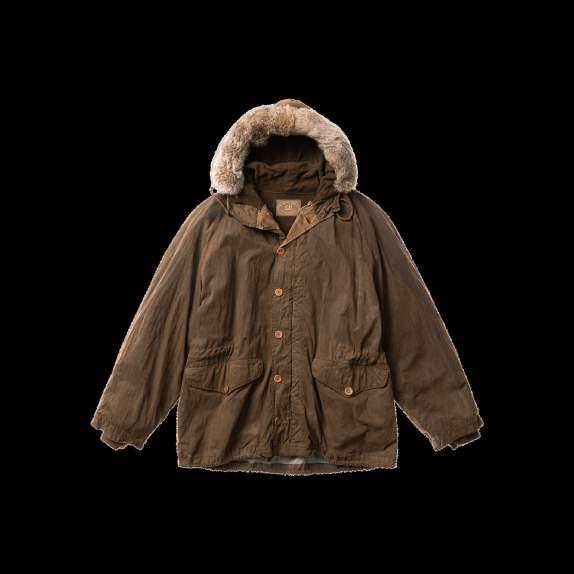
Although the younger generation is wearing C P They have created their own styling, which is a relaxed blend mixing the subcultures of music, football, sneaker culture, and skate
There is a huge resale market of the products which are selling for good money on eBay, and a whole industry of resellers has popped up like Rag Parade in Sheffield and Too Hot Limited online store out of London to name a few Japanese collectors have also now picked-up on C P Company, especially the vintage Goggle jackets, which will raise the prices even more
With the release of 3 of his previous brands, the core design philosophy of Osti will be there to be seen The balance between heritage and innovation, crafting quality, functional and comfortable garments
By Hugh Clarke
Image credits: Massimo Osti Archive
Image credits: Massimo Osti Archive
60

61
CHANGE IS AS GOOD AS..
By Chris Clewes, Founder of Closed Sundays and Cambrian Coffee Co
If you’d said to me 18 months ago, we’d be designing a coffee van, I’d have probably said: What? But that’s exactly what’s happened
High Street Retail is making a slow recovery which is understandable; because behind the scenes brands are facing on-going struggles to meet seasonal stock drops because of backlogs at ports; meaning they’re having to use air freight instead; which is placing strain on their P+L; impacting their budgets to spend on retail activations and so the story goes As an agency we ’ re ever hopeful for 2022 !
A 1964 Citroen H Van A former mobile gin bar
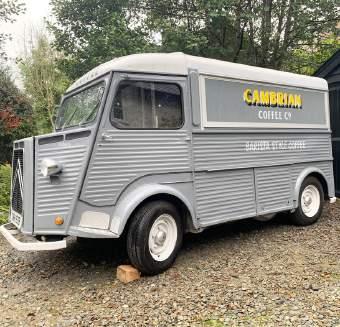
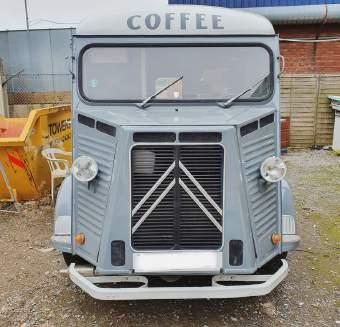
And before that it was probably in some remote part of France hauled up - retired off in a field having had a hard life
Using our expertise and knowledge garnered from running Closed Sundays, we designed, developed, and manufactured the conversion from gin to coffee including all end- to-end project management We partnered with industry professionals to ensure the van was built to meet the high standards of the FSA and EHO We also installed a new serving hatch
During the downturn, some unusual projects have popped up which has been good - keep us on our toes We’ve been involved with Dr Martens on a tech led initiative and their new SIS at Citadium, Paris, a window project for Microsoft via a New York agency and various other projects for Brands like Kickers, Ariat and Pentland
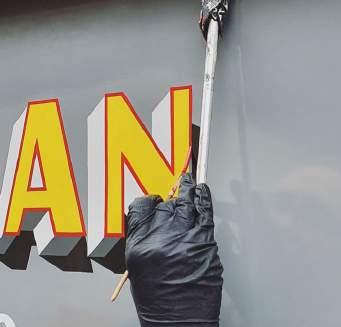
However, we also took on a personal project too during lockdowns Something to build locally and to become less reliant on the day job and better connected to the local community of Wales, where we now live
and replaced all the electrics to 32amps ensuring it offered options should we want to upgrade any equipment in the future We finished up the overall look with external branding traditionally written by talented sign writer, Adrian Geach of Fresh Graphics, Cardiff; keeping it truly authentic and aligned with its 1964 aesthetic
The van is now in residency at Oriel Davies Gallery, Newton, for the month of November
Cambrian Coffee Co is now real
62
Fashions’ Green Future Is InevitableTools to get you on the journey
The tides are turning and sustainability in fashion has become the topic of the yearand rightfully so- as we know fashion has some dirty secrets that have been exposed from operations, supply chains, and its opaque relationship with consumers. Consumers and the world are demanding better
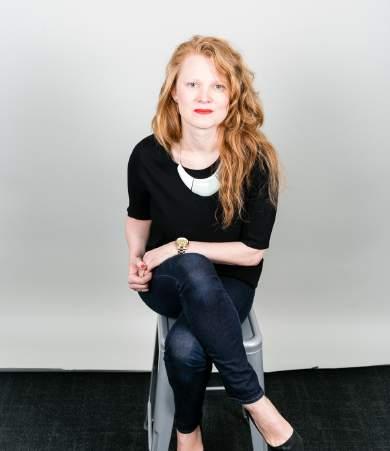
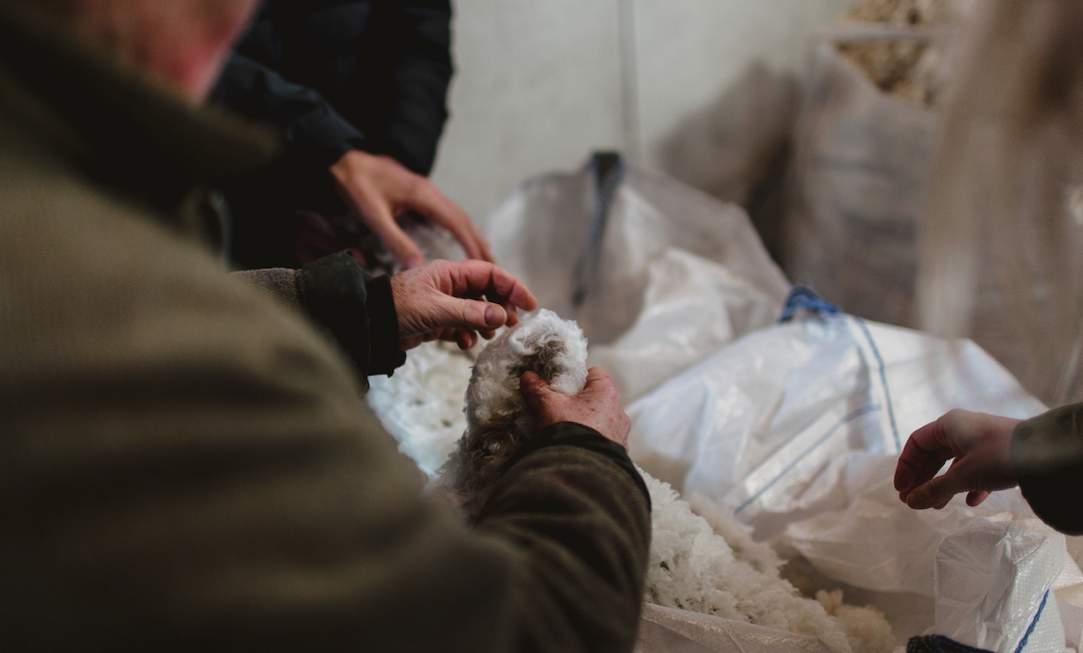
But the stark reality is that despite consumer demands fashion is still producing close to 10% of global emissions, adding chemical waste, plastic pollution, water waste and pollution, and clothing waste, and one can only grasp the complexity and depth of the challenge we face
ByJoannaBuczkowska-McCumber Business of Fashion
Fashion has and is a massive problem for our planet and it requires a sustainable mindset shift to face the challenge
Although it may seem that everyone is jumping on the green train with recycling programs, earth day campaigns, and smarter textile choices when we lift the veil progress is still very slow because progress is complex. The solution requires end to end sustainable brands across the industry regardless of size or category, not just one stop programs or green washed campaigns with no action
"Fashion’s sustainability promises and its growth ambitions are on a collision course’.
63
So how do we all get there if the problem is so insurmountable for one brand to tackle? Simply, we all have a role to play in shifting the mindset And everything we do matters It is not just about the garment, the textile, the models or even the workers - of course all pivotal components of your business - it is about a comprehensive approach that embraces a sustainability lens to every aspect of your business
One of the best tools out there to understand your approach to sustainability and social purpose as an apparel brand is the B Corp Assessment, taking a expansive approach to analysing your business across social and environmental performance, supply chain transparency, legal accountability, governance, and consumers - while evaluating internally and externally at business operations
Leading apparel companies that have made the commitment to B Corp Certification such as Patagonia, Eileen Fisher, Atheleta, Allbirds, Outland Denim and Tentree continue to pave the way in showcasing that sustainability can be a measure for growth - in an intentional way While B Corp is seeing huge growth with over 2,200 certified B Corps worldwide there are just over 24 apparel brands in the mix in North America
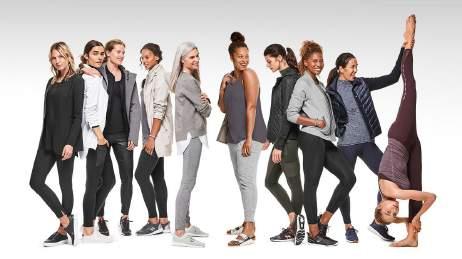
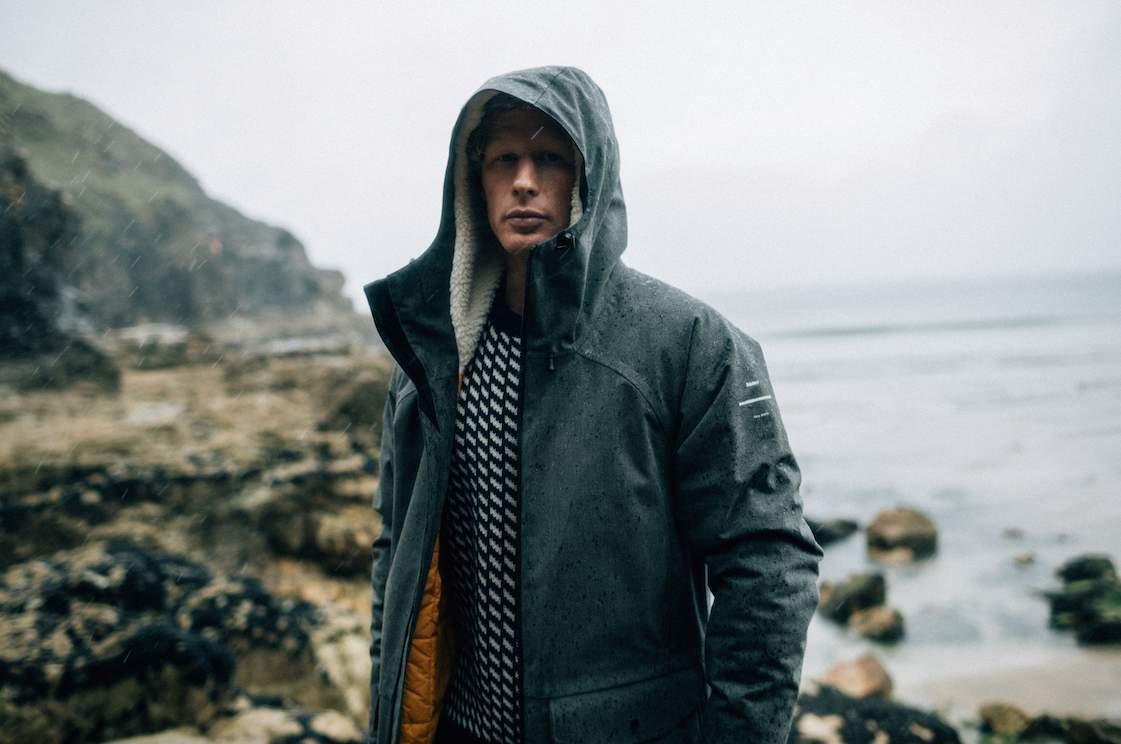
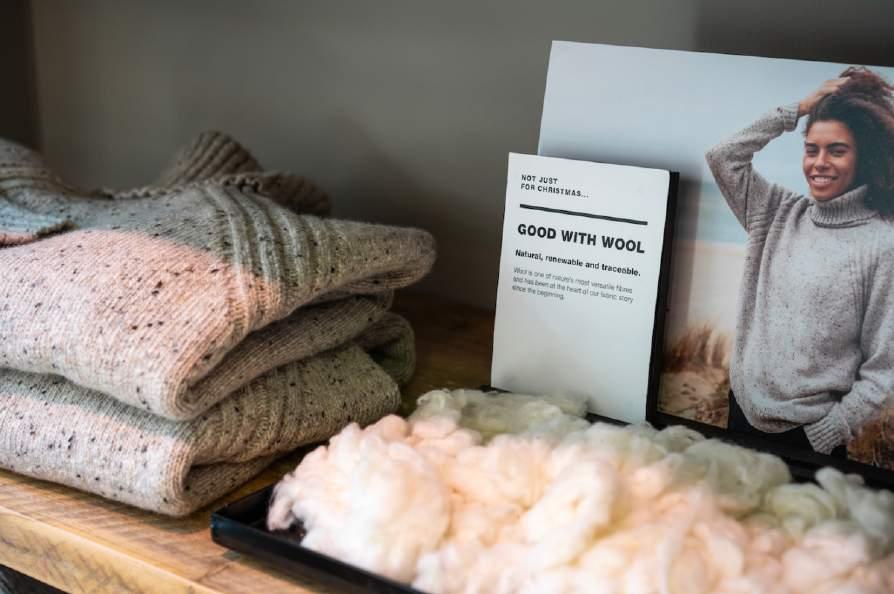
B Corp Certification is an option for any company seeking to commit to doing better The B Corp Assessment grades your performance score on a scale from 0 to 200, with 80 being the threshold for B Corp Certification.

The numbers may be intimidating but to give you perspective when Eileen Fisher first certified in 2015 the brand received a score of 81.5 while Allbirds received a 81.9, both companies have since reached scores above 90 with major improvements over the years Because the certification is not just a one time event, it incentivises companies to build sustainable strategies
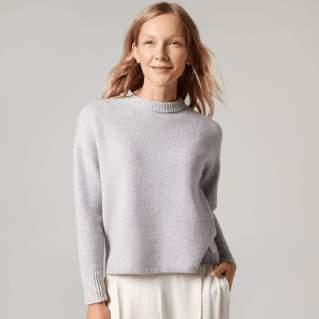
64
Image credit: Athleta, Allbirds, Finisterre
that are action driven and impactful, enabling companies to make critical changes over time in more complex aspects of their operations such as sourcing, supply chains, procurement, and consumer relationships
The beauty of the assessment is that it is a free tool that can be utilised in analysing where you are in your business at any given point in time in respect to sustainability and social purpose. You may be surprised at the many aspects that B Corp accounts for in their assessment and the areas that you have not even considered in your business The assessment provides any company a 360 structure for how to approach sustainability and self accountability, allowing
a mindset shift in how you approach various and all aspects of your apparel or design business This in turn can be a helpful guide in how you develop your goals, and how you prioritise sustainability and social purpose, knowing you can not tackle every aspect at the same time
Whether you are in couture, outdoor technical gear, active wear or high end streetwear each brand, each business, each team needs to make a commitment to doing better, a lot better, if the industry is to course correct
From sizing, to waste, to textiles, to workers, to production, to buying patterns, there are many challenges you can sink your teeth into but you need to decide which purpose(s) are closest to your business mission
you to review, explore, gain a score, and as a result an understanding of the many pieces of the sustainability puzzle that make up your business and the gaps within it. As an additional layer, B Corp has developed a UN Sustainable Development Goals Action Manager mapping out your operations against the 17 UN SDGs, enabling you to create goals and track progress towards a social and sustainable purpose that is relevant and meaningful to your brand
Self accountability, identifying weaknesses, and prioritisation can be difficult when you don’t have a framework to work with Incorporating a tool such as the B Corp Assessment can lead to

and infuse them into your values, into your brand As a small apparel brand your best options are to understand the components of the larger supply chain you can impact, and the sustainability and social purpose position you want to take through your business in the industry.
While the challenges towards end to end sustainability and purpose facing the industry and designers may seem daunting, the opportunities are in fact endless Don’t wait, start asking your brand the hard questions and putting together your sustainability puzzle What is the legacy of your brand you want to impress on the industry, the world, and your customers?
65
Image credit: Tentree, Athleta, Allbirds, Finisterre
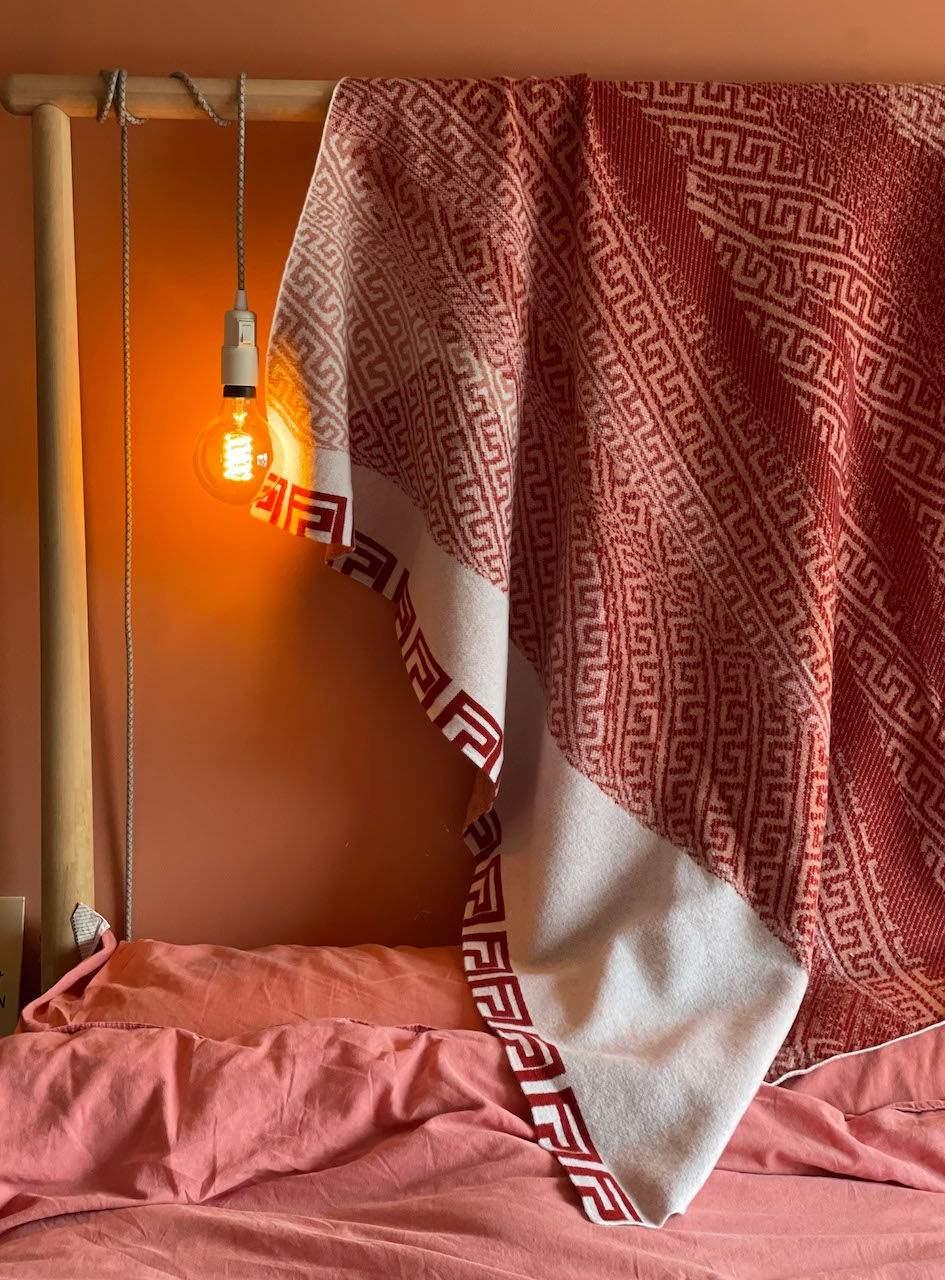

66
jeniallison.co.uk
A CREATIVE RETREAT
All creatives need a moment of calm We invited Victoria and Ross from Otago Street Collective to share their 'great escape'
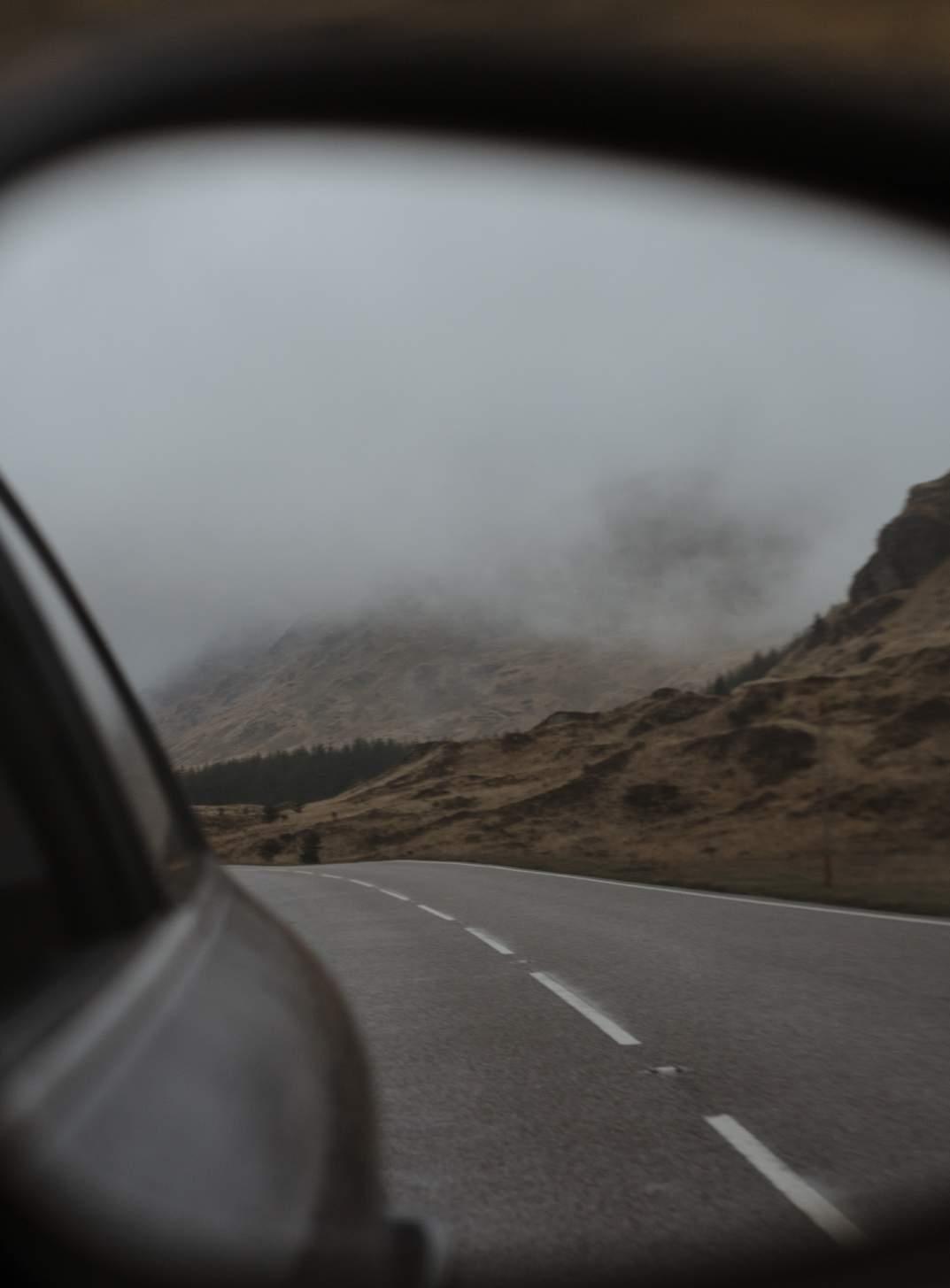
IMAGE CREDIT: OTAGO STREET COLLECTIVE
67
Words by Victoria Mackenzie-Forsyth and Ross Forsyth
Inver Restaurant, Strathlachlan, Strachur, Argyll & Bute
Our favourite place to escape is the wonderful Inver Restaurant in Strathlachlan It’s rare that a restaurant can create such effortless calm while serving the most incredible food and wine They bring together so much of what we love: beautiful scenery, design, architecture, great food and wine It is always reassuring to know that such a world class place is within striking distance when we need to get away from it all. We always come away feeling expanded, inspired and ready for our next trip back.
 Imagecredit: OtagoStreetCollective
Imagecredit: OtagoStreetCollective
68
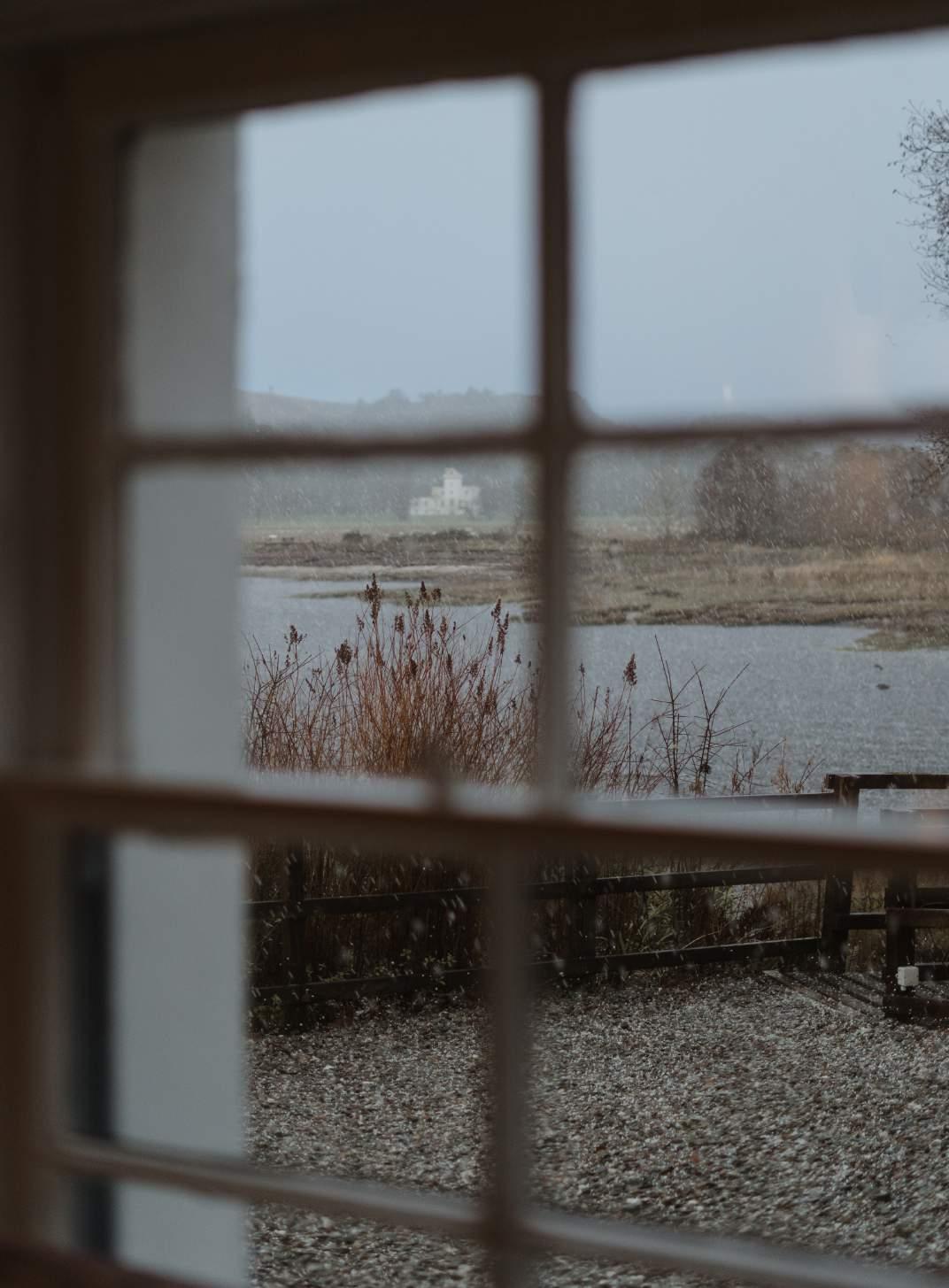
IMAGE CREDIT: OTAGO STREET COLLECTIVE 69

IMAGE CREDIT: OTAGO STREET COLLECTIVE 70
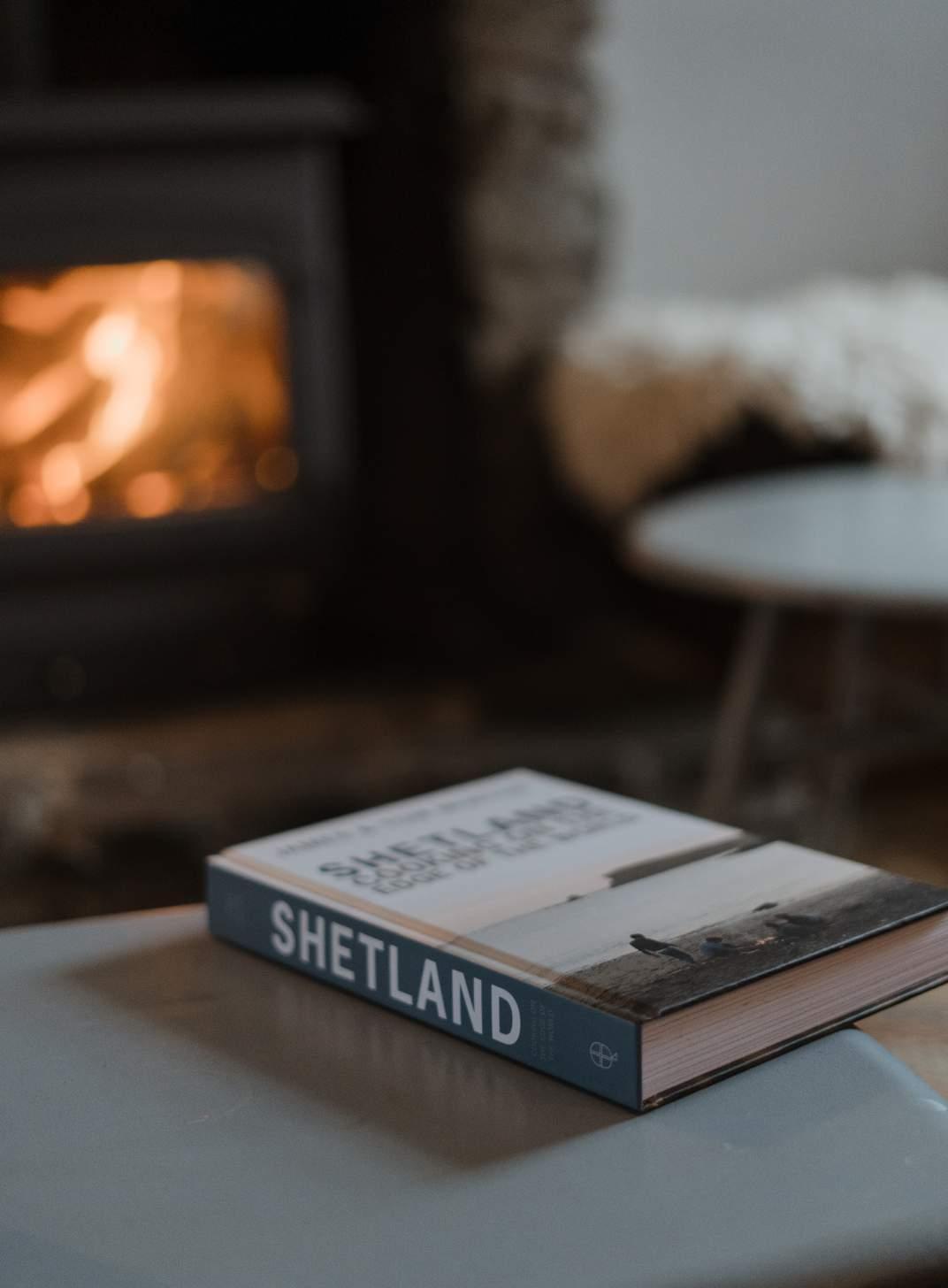
IMAGE CREDIT: OTAGO STREET COLLECTIVE 71

IMAGE CREDIT: OTAGO STREET COLLECTIVE 72
About Otago Street Collective
Otago Street Collective formed in the summer of 2019, following years of photographic collaborations between husband and wife duo Victoria Mackenzie-Forsyth and Ross Forsyth What started as a short term project, to document a few initiatives close to the pair’s hearts, Otago Street Collective quickly grew into a successful wedding and lifestyle photography company with photographs featured in a number of high end publications
www.otagostreetcollective.com
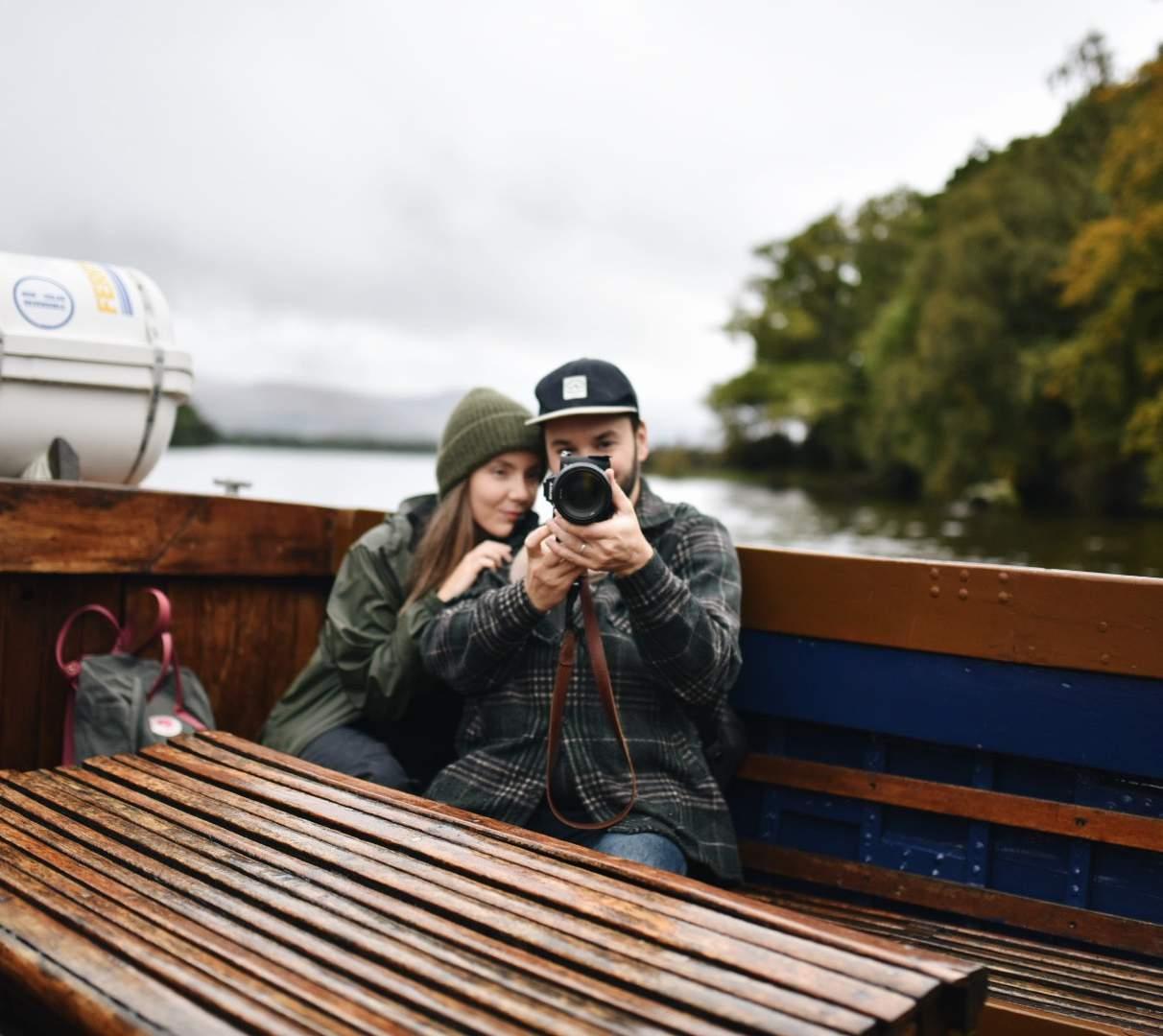
73
IMAGE CREDIT: AMELIA CLAUDIA
CHAMPIONS OF SUSTAINABILITY
Interview with Debbie Luffman
By Laura Nesbitt
Our friends in the south have been on a mission over the course of the last decade to push their sustainable measures to the max Our Features Editor, Laura Nesbitt gets some time with Finisterre Product Director, should we say, Sustainability Activist, Debbie Luffman
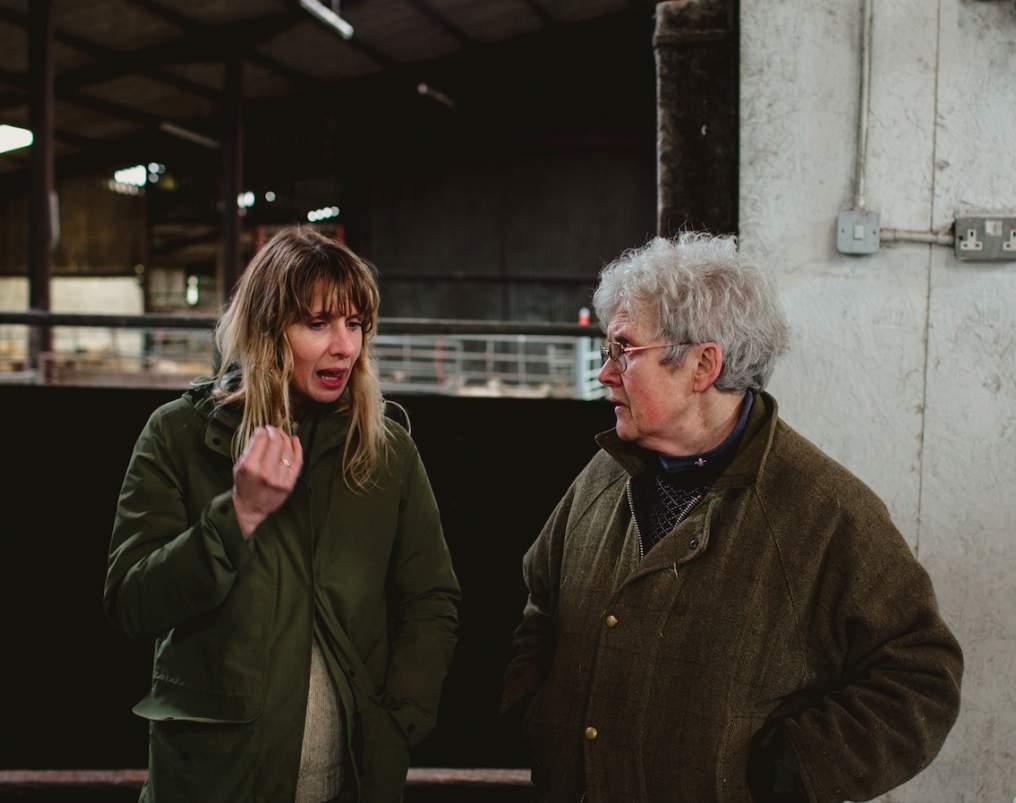
Words by Laura - Are you a student, designer or employee of a brand who finds 'sustainability' confusing? Individuals in their daily roles as consumers, citizens, educators, aspiring entrepreneurs, community members, decisionmakers, or activists find themselves eager to get started with developing more sustainable lifestyles and societies At the same time, they are a little bit confused For many decades, sustainability has been the focus in numerous sector-specific researches and movements by scientists, environmentalists, lawyers and
economists. Rapidly the concept turned into a catch-all term used to describe current issues. Consequently, for different people, it means so many different things. Therefore, some people even say that the term is overused, misleading, or confusing
Debbie Luffman has over 16 years broad industry experience in fashion and textiles, spanning design buying sourcing and range building to current role as Product Director at pioneering, sustainable outdoor clothing brand, Finisterre. Since 2008 Debbie has shaped the product and customer experience at Finisterre
She has led ambitious initiatives to reduce the brand’s environmental impact and re-imagine a new and positive future for retail. Drawing on her experiences at Finisterre, Debbie has founded ThinkCircular, to work within business, education & policy as a change agent and circular activist, to inspire the transition towards circularity
74
Debbie, over to you tell us a bit about sustainability?
You quickly realise there is so much rubbish in the world of sustainability Whatever those words mean A lot of the information around ‘sustainability’ is misinformation It’s insane People call it green washing But I don’t think it is greenwashing, I know that it is well intentioned “For me it’s about cutting to the core of what is actually going on and working to evolve and improve on business as usual, working across teams, industry and consumers to enrich understanding, engaging and raising the bar ”
What does sustainability look like for brands in the next two decades?

It’s the same for all brands to a certain degree. It’s way easier for start-ups. If I was to start a business today I would know exactly what my toolkit would need to be to start a sustainable brand It’s actually much harder if you have a supply chain and a product in place because you are constantly back tracking These key components are measuring
Gone are the days where in order to be a sustainable brand you need to make everything out of organic cotton Now it’s really about measuring impact and balancing impact All textiles and shipping is bad Everything has an impact
Nature doesn’t need us to make stuff In order to be sustainable its about maintaining and managing impacts Consultants are having the time of their lives right now, everybody is carbon footprinting, everybody is doing their life cycle analysis, everybody is doing a materiality assessment, including Finisterre, because that’s what you ’ ve got to do You can’t improve unless you know where you are at

75
How do you measure sustainability?
I would question if numbers are the right approach to measuring sustainability in business In order to report to the business people like to love data. Data is king at the moment. If you can show that x is twice as bad as z then people know what to do with that. So in order to do that there are lots of ways to do it You need to decide what are the things that matter to the business in terms of sustainability
Clothing is quite complex For the sake of understanding the problem from a simpler point of view, if you are in the burger business, you produce beef burgers so your footprint will be agriculture and transport You will know what those impact factors are so you are looking at transportation networks so you’ll get CO2 data and you’ll get agricultural methane data. Most businesses get data but the most important part is what can you do as a result of the data. That burger brand will have collated the facts from the data but they don’t say ‘this is what we ’ re going to do about it’, which is where suitability comes in It sounds obvious but so many people do it
They spend their time reporting data when actually they need to change their product, for example linking back to the burger brand, they may decide that selling vegan burgers is the best thing for the business Don’t get so stuck on the data
Does Finisterre feed education about sustainability into their products?
I definitely don’t like the word education I think it’s about engagement. Preaching to people doesn’t work. In order for somebody to be interested in knowing you need to engage with them by telling a story through pictures, film, or a chat in a retail store Our retail stores are fantastic at doing this That human approach instead of the digital is what’s needed Education is the wrong word Whereas engagement is interactive, it’s a two-way street and you get feedback We’ve just done a campaign called ‘Ko hope’ which is about really saying it’s not all doom and gloom, climate change is such an oppressive and depressing prospect, whereas let’s instead talk about some signs of life So for me the education process is there but you are doing it through chat, through stories and content

IMAGE CREDIT: FINISTERRE
76
How do you take language that surrounds the technology of sustainability and soften it for the consumer?

We have just released a Yulex wetsuit Yulex is a natural rubber and it is better than neoprene Now that requires some level of understanding So, this is all about good and bad in peoples heads But actually, there is no such thing as bad, it is only ever better or worse Going back to the point of nature doesn’t need us, nature would be much happier without us Let’s be honest So in terms of engagement it’s not enough to say ‘here’s a Yulex wetsuit’, you have to do the piece of ‘and this is interesting because Yulex is ’ I think where greenwashing falls down is where people try desperately to make things digestible Brands try to say ‘ we have made an effort to make something better...’ but then shoot themselves in the foot because they confuse everybody. We don’t actually know anymore because we keep being told that something is ethical or sustainable or green or eco
None of those things mean anything, they don’t help engagement about anything It’s just a bland word How does Finisterre do this?
Recently we have collaborated with the Natural History Museum We try to bring nature into people's lives at a time when a lot of people have been stuck indoors Engage with nature through content and through stories and bring to life the natural world You are much more likely to be inspired and to protect it If you have a relationship with the natural world you won’t throw a crisp packet in the sea, very simplistically. Creating a connection between the environment and people instead of throwing statistics and sustainability chatter always works
What does Finisterre do with dead stock or stock that doesn’t sell?
We have a cycle. If stock doesn’t sell, we have a clearance event and a mark down sale. Then we take it off the shop floor and send it to outlets We have an outlet in Hawksfield and Exeter This is where our previous season stock goes
 Image credits: Finisterre
Image credits: Finisterre
77
The great thing at Finisterre is because we are not a fashion brand and we are not ‘trends’ it’s not that it’s going to look crazily out of date It's just that the colour might not be to everyone ’ s cup of tea, or the print wasn’t as easy to wear as another one We don’t follow trends So usually, we find it sells in our outlets with a price reduction. We don’t have a huge dead stock issue. However, we have more of an issue if we have faulty stock or returned stock from a customer and it’s got makeup on it.

The dead stock pot also known as the end of life pot traditionally we have always given to charity We have a couple of different places we give it to We give a lot of our base layers and insulation to Waves for Change in South Africa, it's a lot colder in the Winter than you think
My husband is the warehouse manager and he is Peruvian, he has connections and he obviously cares about his homeland However we have a new plan because we are growing and so is our dead and faulty stock, so we ’ re launching a recommerce sight this year, which is really exciting. It’s a separate website and it’s run by a secondary third party
That will be a platform where Finisterre customers can trade in their own Finisterre products and buy others We’ll also sell our dead stock on here as well If it’s truly dead, let's say the zip is broken and it’s not worth repairing, we ’ ve got an up-cycling part, where we might be able to make a bag out of a jacket, or a wallet out of a pair of jeans so that’s part of the same programme. Eventually, recycling is the final port of call, which is also linked to our London based partner who do all of our end of life solutions
The conversation can go on and on but for now we will leave it here and thank you for this engaging conversation from behind the scenes of Finisterre.
For our readers in the north, take to the Finisterre store, 58 George Street
Laura Nesbitt interviewing Debbie Luffman, Product Director, Finisterre
Image credit: Finisterre
78
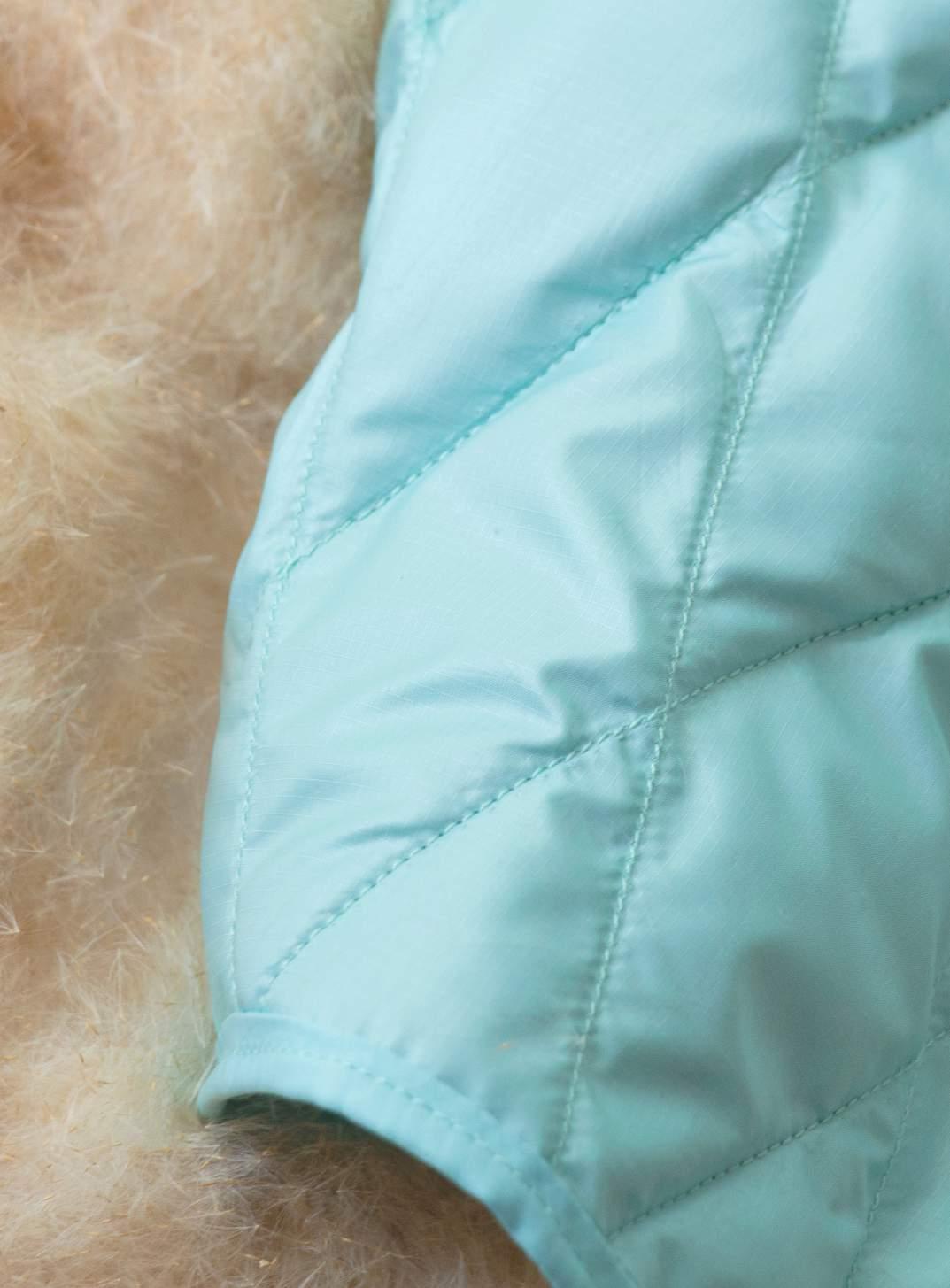

79
PLANET POSITIVE TEXTILES
MATERIALS SCIENCE
Saltyco® is a materials science company that makes planet-positive textiles They do this by actively healing damaged ecosystems through the innovative processes and plants we use to make our materials

Saltyco sees themselves as a textile manufacturer and a materials science company Developing the technology to process certain fibrous plants into textiles for the fashion industry has led the team to produce the world's first BioPuff, an alternative to the traditional goose or synthetic filling you find in high street down jackets

Whilst they sit within material science and textile production they also have a large impact on the agriculture side of the industry including the creation of supply chains
By connecting an environment in need of regeneration and the steward of that land to capital, saltyco incentivises both the fashion industry - which is in desperate need of sustainable materials to conservation groups who have the expertise - to introduce practises that heal the environment and encourage biodiversity
Our vision is to build a planethealing supply chain and that begins with our approach to regenerative agriculture.
"We focus on cultivation of crops and conservation of space. We try to find ways to create bespoke solutions for different types of environments at the same time as cultivating a biomass which we use for textile production.”
80
Julian Ellis-Brown | CEO
At the moment saltyco have got a few projects happening in parallel with each other, the most local to SSEAMS is in East Lothian, Scotland
What's in the pipeline for saltyco?
How did your academic path lead you to set up saltyco?
What has been the most eye opening part of starting saltyco?
None of us had any experience of the textile industry, which was a disadvantage in certain ways We had to learn everything on our feet We are still problem solving now on a daily basis We rely on the experts which surround us and advise us In other ways having no prior knowledge meant that there were no assumptions about continuing processes the way they always had.
Our first capsule collection is due to be launched on the 2nd December with YOOX-Net-a-Porter, it will be the first showcase of the BioPuff in the public domain and available for purchase. I did mechanical engineering as my undergraduate, which provided me with a really good foundation for being curious, asking lots of questions about how things work and why they are the way they are I wasn’t in love with the theoretical form of engineering, I craved the more creative direction which is why I looked at the two year Innovation Design Engineering course at the Royal College of Art and Imperial College London It’s an interdisciplinary course with a cohort of engineers, scientists and designers. In the second year, we did a group project and I met Nelly, Antonia and Finlay who are the three other co-founders of saltyco.
A certain level of naivety helps start-ups continue their mission from a point where lots of other people might give up
What's the most important thing as you scale?
Our company is quite small at the moment, which enables transparency for our supply chain to be quite easy One of the most important hurdles for us to overcome as we grow and scale is how to do ensure that transparency and traceability can continue.
Follow their progress..
saltyco.uk
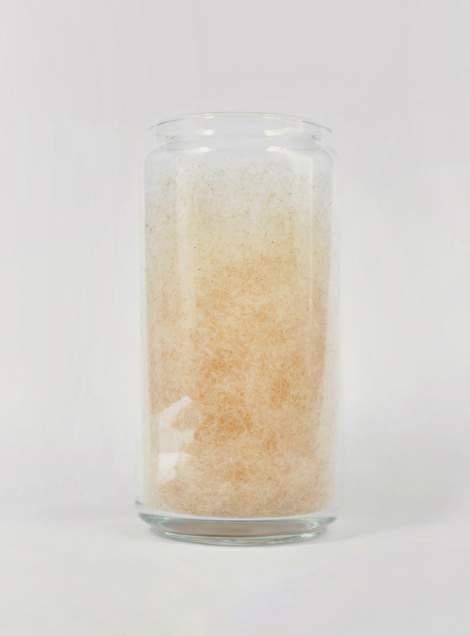
81


82
NEWCOMER SERIES
Devana
Devana is a lifestyle project based in Aberdeen, Scotland. The brand draws inspiration from the natural environment of Northern Scotland; from windy coastlines to the hills, glens and lochs of the Cairngorms National Park. Devana aims to create functional products capable of withstanding the varying and unpredictable conditions found in Scotland, whilst utilising local manufacturing and textiles whenever possible
Image credit: Abby Quick and Scott Duncan
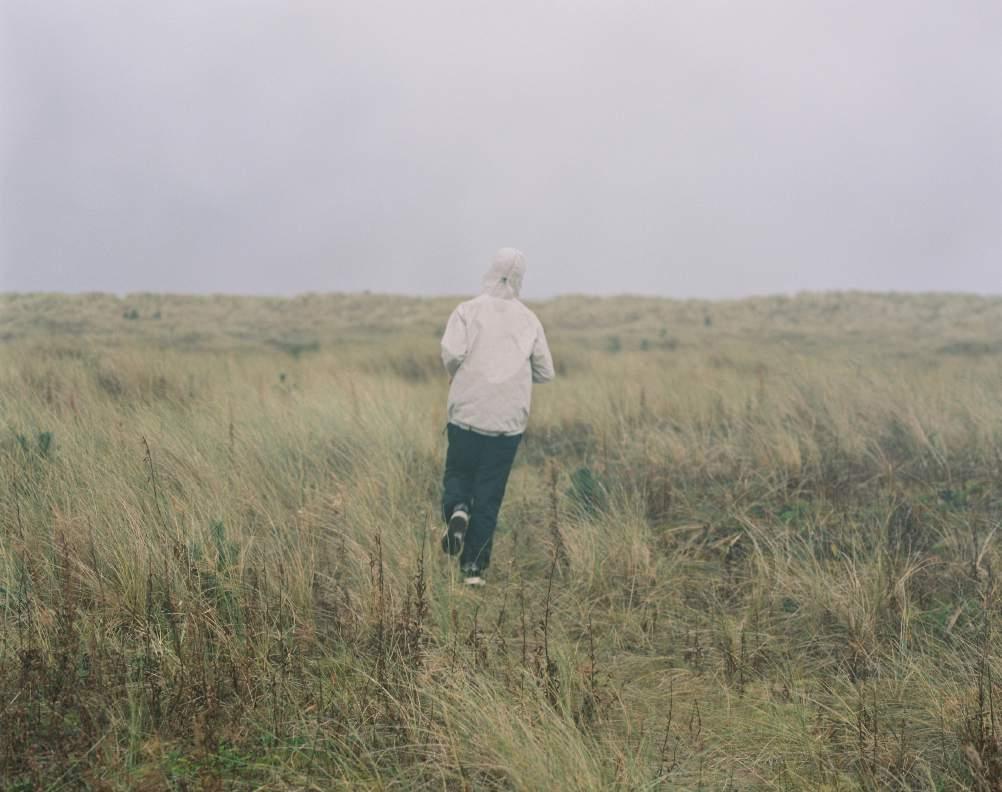
83
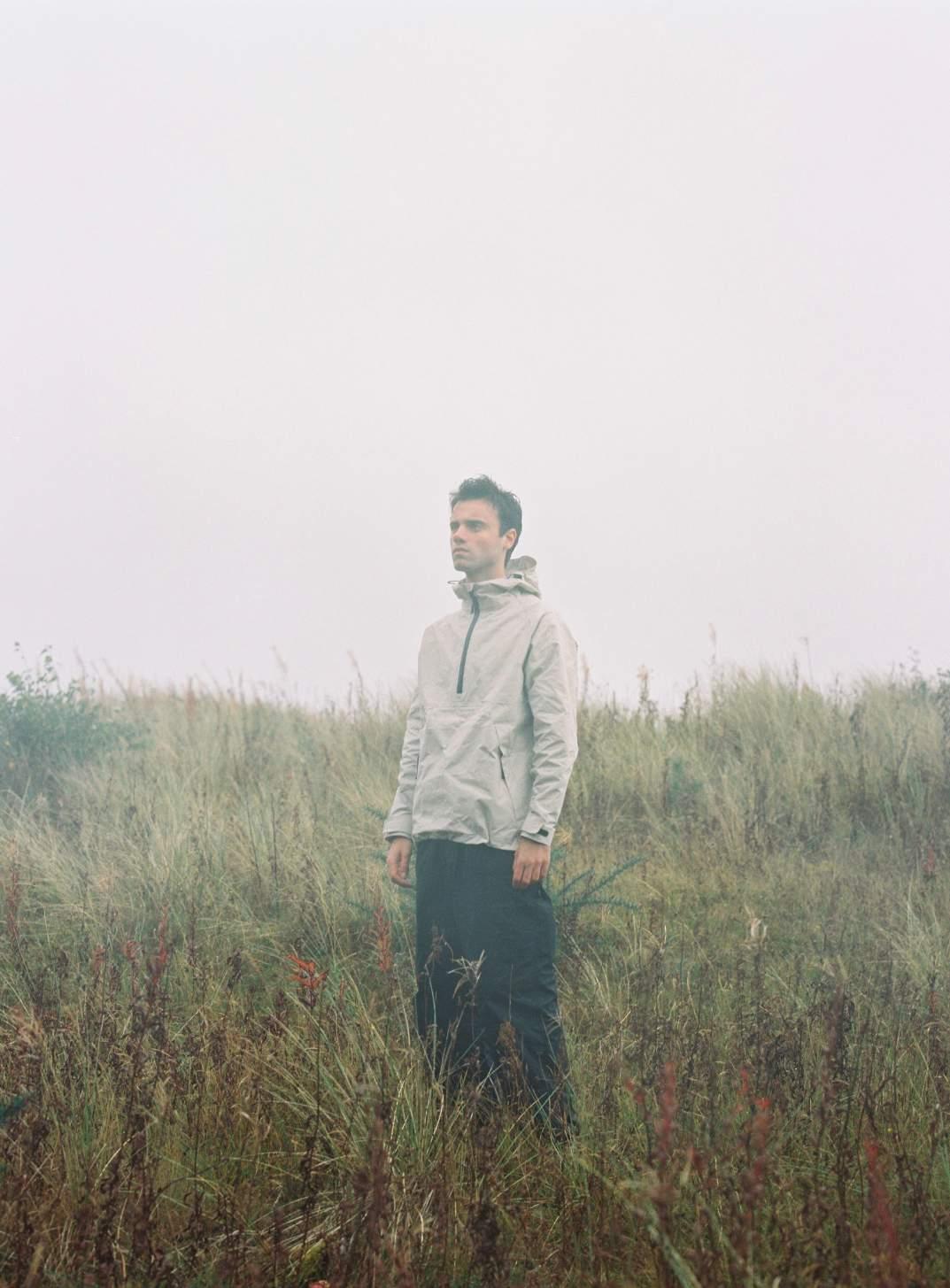
84
IMAGE CREDIT: ABBY QUICK AND SCOTT DUNCAN
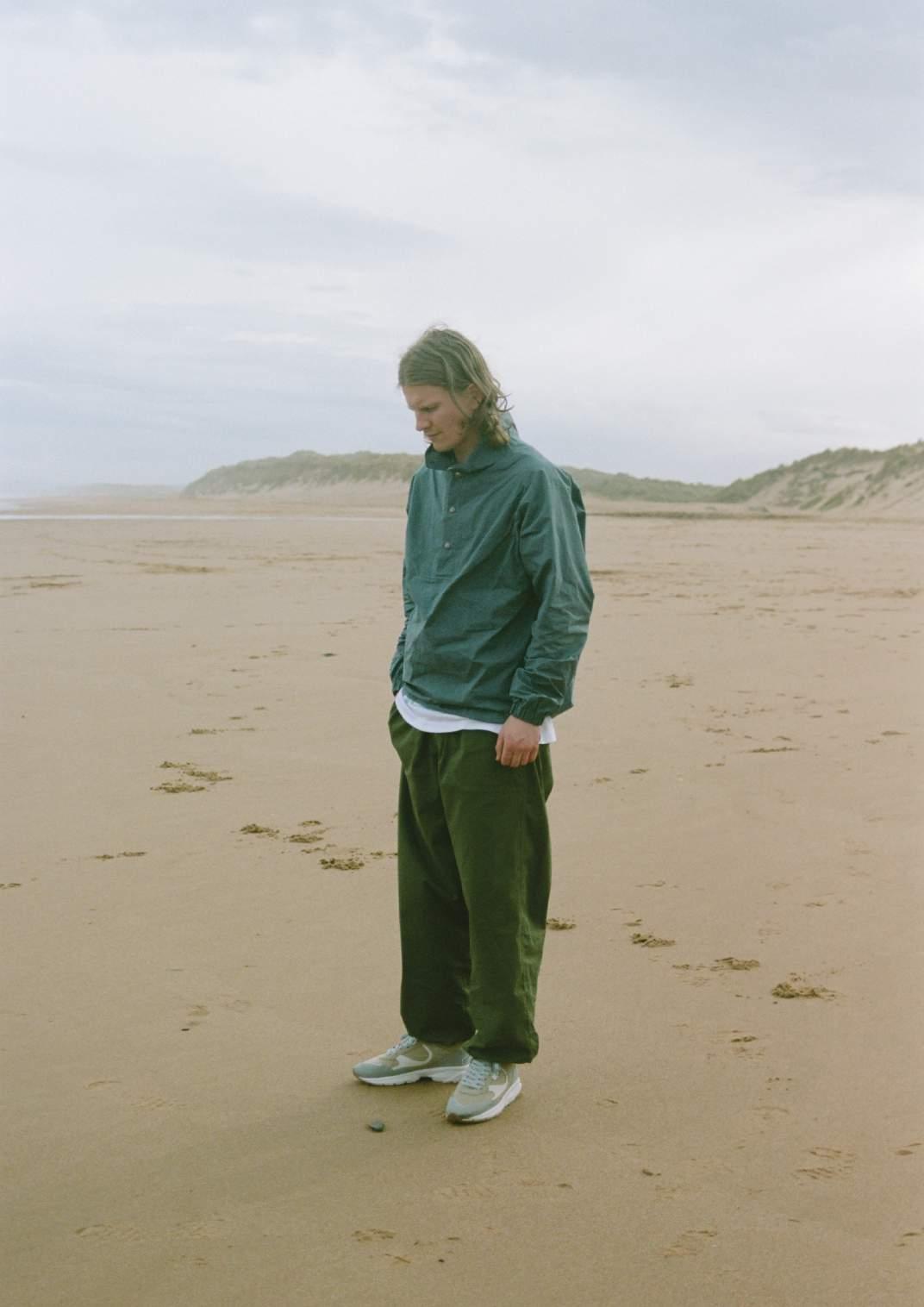
IMAGE CREDIT: ABBY QUICK AND SCOTT DUNCAN 85
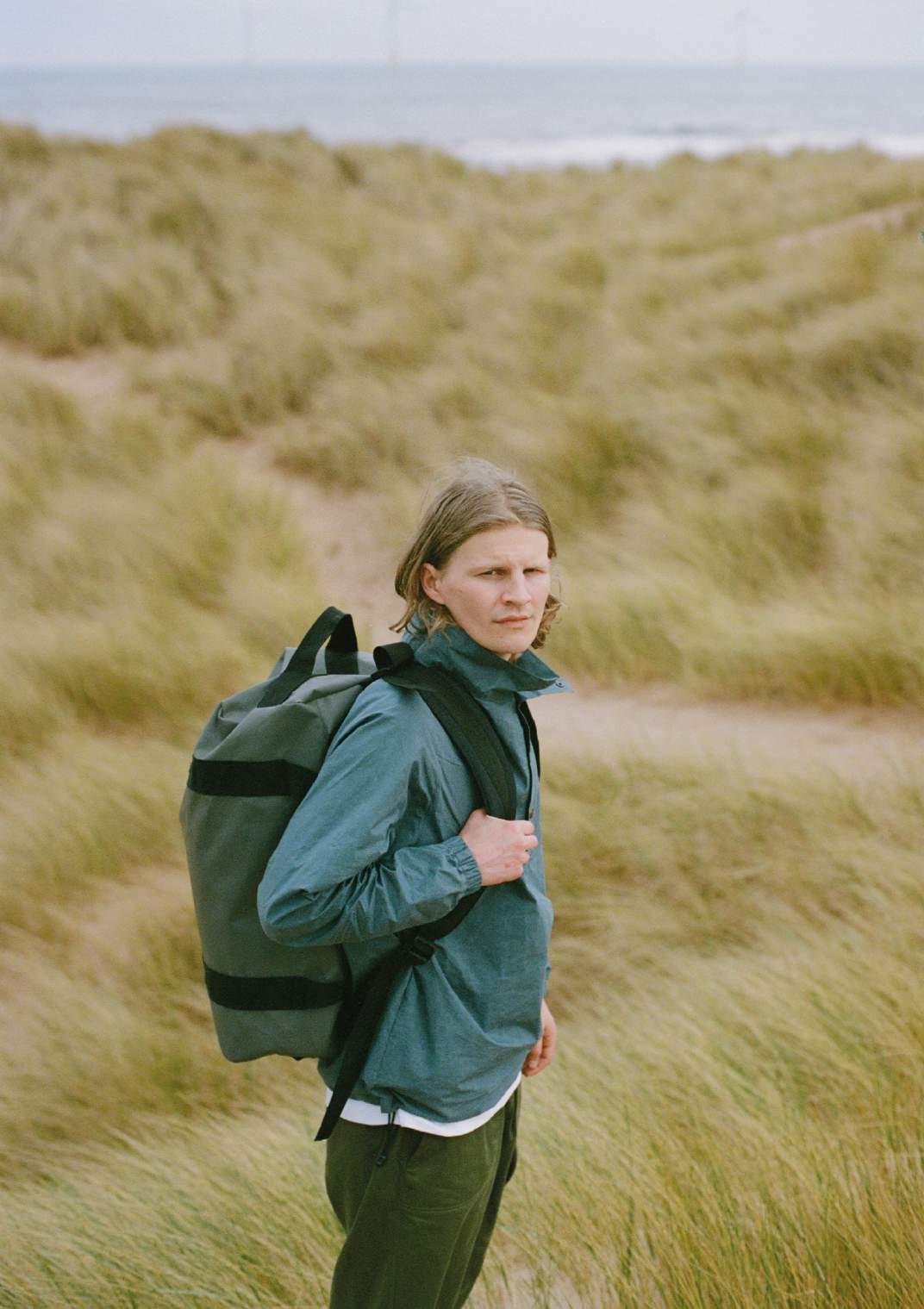
86
IMAGE CREDIT: ABBY QUICK AND SCOTT DUNCAN
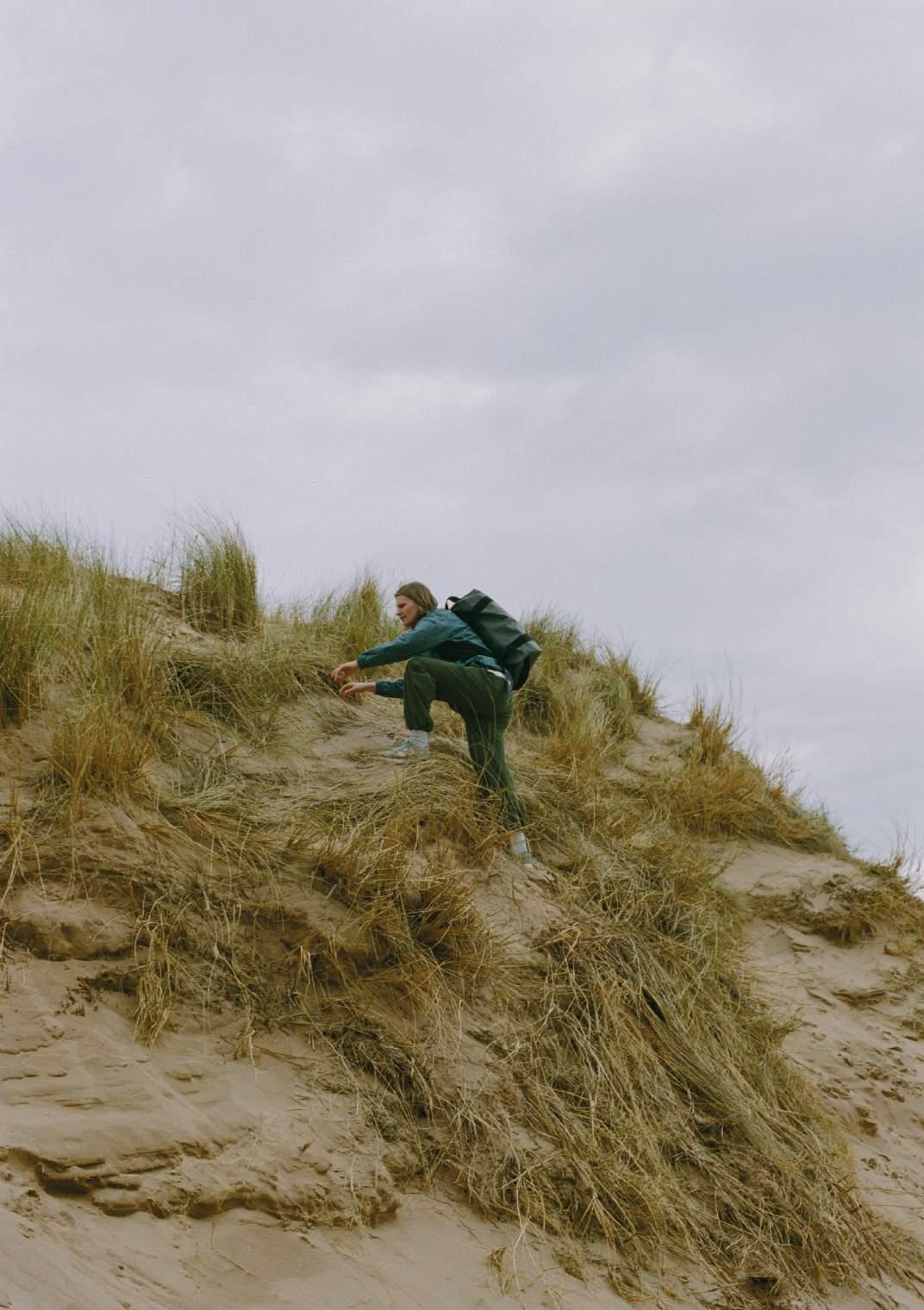
87
IMAGE CREDIT: ABBY QUICK AND SCOTT DUNCAN

88
IMAGE CREDIT: ABBY QUICK AND SCOTT DUNCAN
ON LOCATION: SCOTLAND WITH PATRICK ALEXANDER

IMAGE CREDIT: PATRICK ALEXANDER | DRUMBEG
89
Patrick is an outdoor and lifestyle photographer based in Edinburgh, UK Bringing brands ideas to life while adding his own storytelling approach and touch,
Patrick found his love for photography With the ability to organise very specific itineraries and key location planning. The Scottish landscape can test you to the limits and being in the right place at the right time can help create that magic moment.
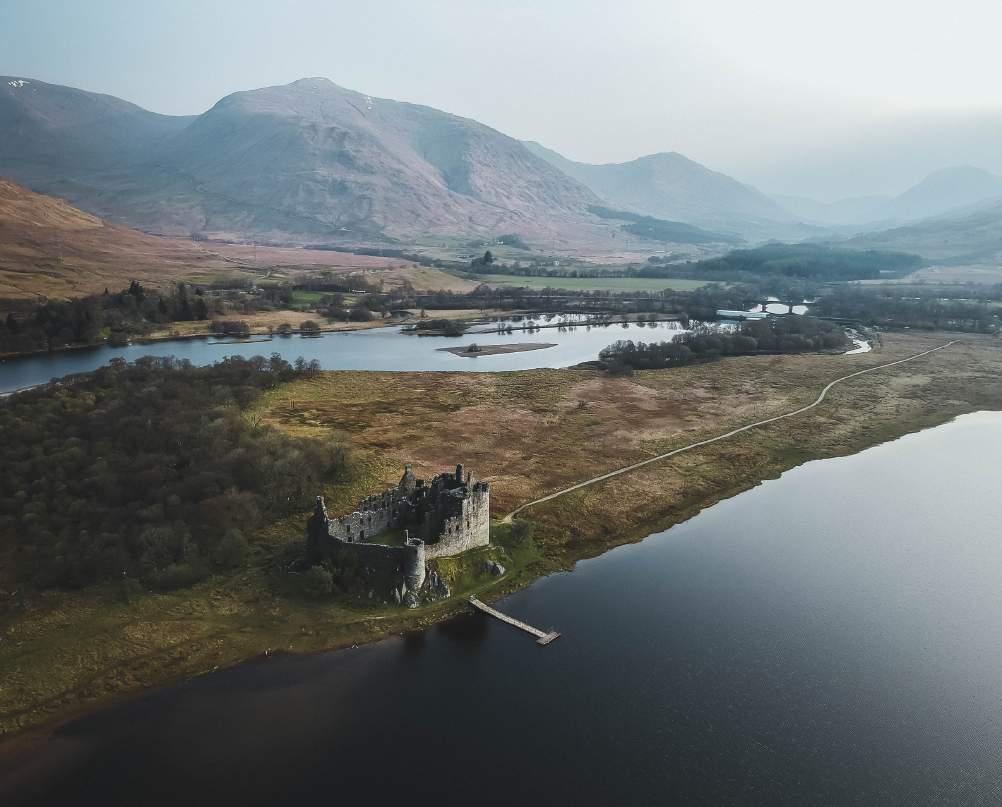
SSEAMS invited Patrick to select a few of his favourite locations for brand campaign shoots
www patrickalexander co uk
Image credit: Patrick Alexander
90
Kilchurn Castle, Loch Awe, Argyll & Bute
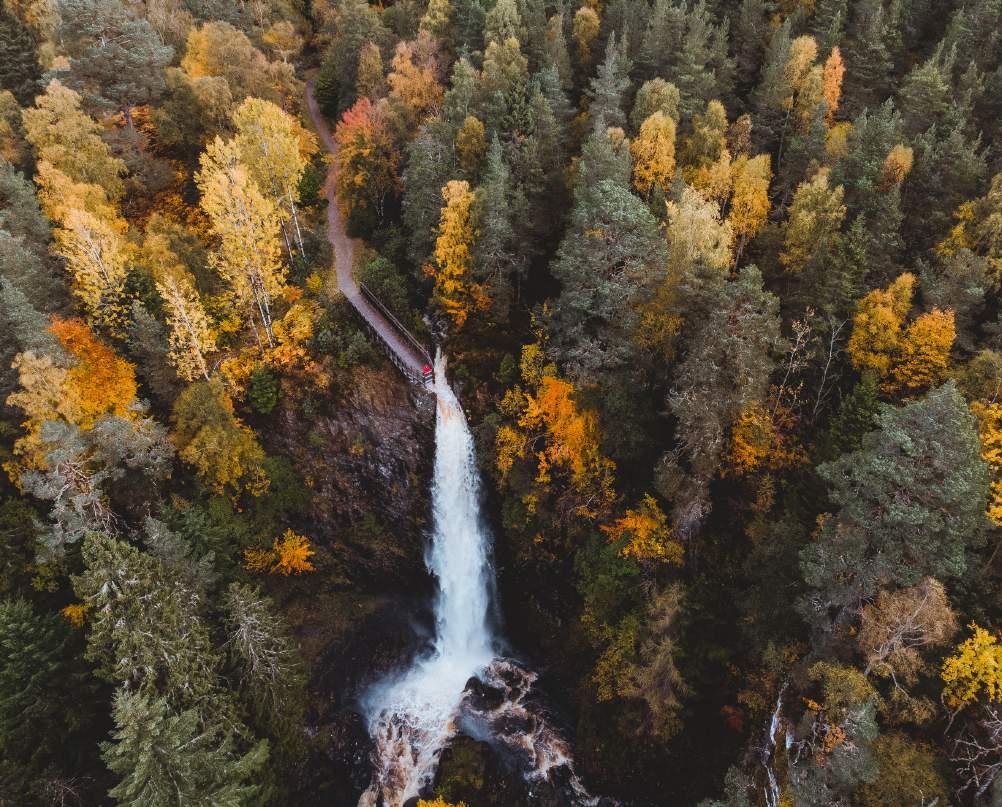 Image credit: Patrick Alexander
Image credit: Patrick Alexander
91
Plodda Falls, Tomich, Highlands

92
Image credit: Patrick Alexander Assynt, Sutherland, Highlands
 Image credit: Patrick Alexander
Image credit: Patrick Alexander
93
Quiraing, Isle of Skye

94
Image credit: Patrick Alexander Loch Glass, Easter Ross, Highlands
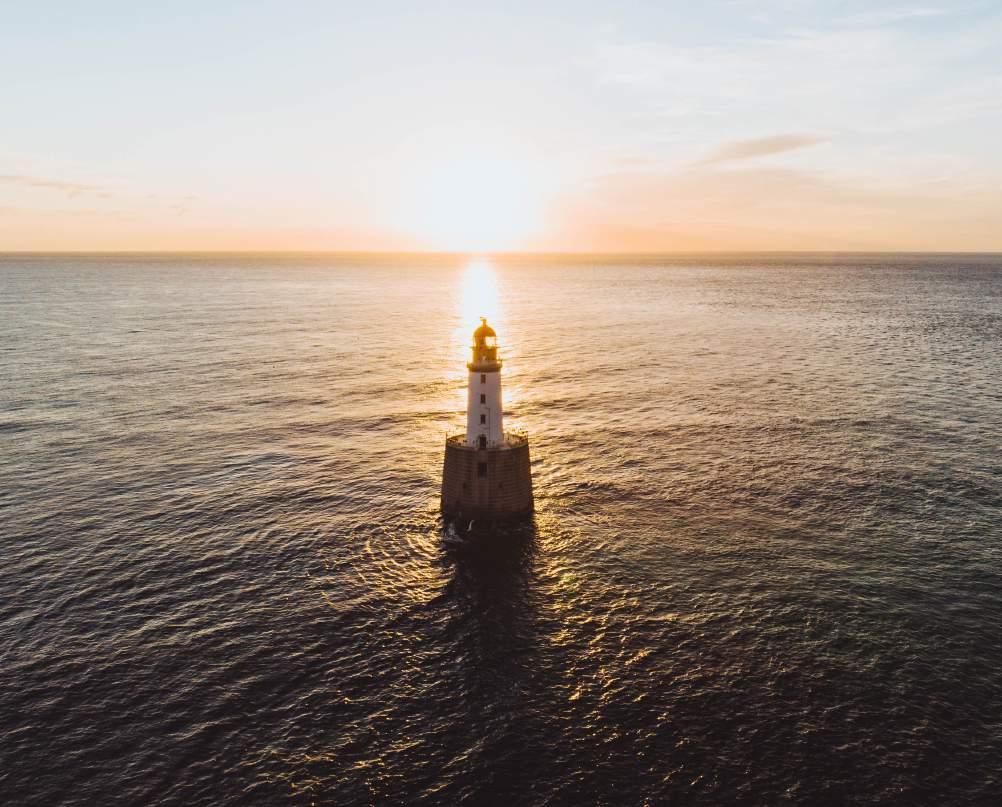 Image credit: Patrick Alexander
Image credit: Patrick Alexander
95
Rattray Head, Aberdeenshire
THANK YOU
Huge thanks from the SSEAMS magazine team to everyone who made this issue possible. An enormous amount of gratitude to our contributors who join us on a journey to celebrate all the fine things going on in the industry.
Rejean Denim
SSEAMS+LAB
David Keyte
Universal Works
Devana
Saltyco
Finisterre
Debbie Luffman
Joanna Buczkowska-McCumber
Hugh Clarke
Rav Kiran
Chris Clewes
Jack Dadds
Patrick Alexander
Kafka Mercantile & Supply co
Bawn Textiles
Good Story
Halley Stevensons
Anpassa Sports Apparel
Jonn Langan
nordic outdoor
Otago Street Collective
W2 Store
FCL Concept store
Meander Apparel
Treen
Fat Buddha Store
Law Design Studio
N O V E M B E R 2 0 2 1 I S S U E 0 0 2
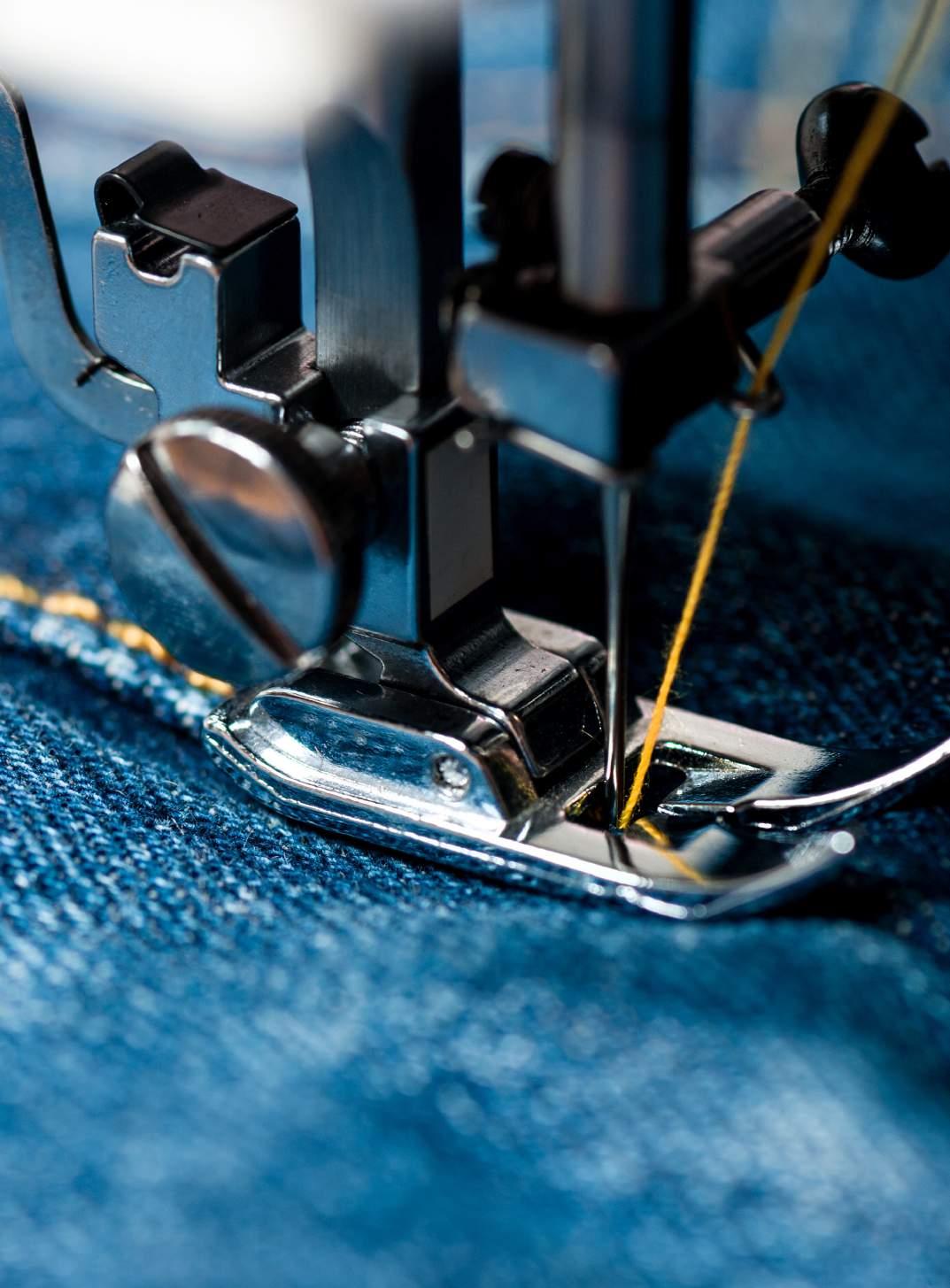
soon..
MADE IN SCOTLAND coming









 Robin Clementson
Robin Clementson




 Ruth Kelly
Laura Nesbitt
Ruth Kelly
Laura Nesbitt












 By Diane Richardson
By Diane Richardson















 ANPASSA SPORTS APPAREL / PHOTOGRAPHED BY PATRICK ALEXANDER / LOCATION: GLEN COE
PATRICK ALEXANDER Patrick works across the UK and is based in Edinburgh
ANPASSA SPORTS APPAREL / PHOTOGRAPHED BY PATRICK ALEXANDER / LOCATION: GLEN COE
PATRICK ALEXANDER Patrick works across the UK and is based in Edinburgh








 BAWN TEXTILES, 613 POLLOKSHAWS RD, GLASGOW
BAWN TEXTILES, 613 POLLOKSHAWS RD, GLASGOW

 GOOD STORY, 175 HYNDLAND ROAD, GLASGOW
GOOD STORY, 175 HYNDLAND ROAD, GLASGOW
 FAT BUDDHA STORE, 81 QUEEN STREET, GLASGOW
FAT BUDDHA STORE, 81 QUEEN STREET, GLASGOW
 KAFKA MERCANTILE & SUPPLY CO., 5 ALFORD PLACE, ABERDEEN
KAFKA MERCANTILE & SUPPLY CO., 5 ALFORD PLACE, ABERDEEN

 By Rav Kiran
By Rav Kiran

 BY RAV KIRAN
BY RAV KIRAN




































 Imagecredit: OtagoStreetCollective
Imagecredit: OtagoStreetCollective
























 Image credit: Patrick Alexander
Image credit: Patrick Alexander

 Image credit: Patrick Alexander
Image credit: Patrick Alexander

 Image credit: Patrick Alexander
Image credit: Patrick Alexander
